Continuing Dental Education
If you prefer in-person seminars, live webinars, or on demand courses, we’ve got you covered. Please click on the options below to learn more!
Smart Savings on Live CE Webinars: Get $10 Off Per Webinar When You Purchase 2 or More at the Same Time!
 Webinar
Webinar
The Geriatric Patient and the Aging Dentist
3 Credit Hours
Wednesday Apr 24th, 2024
at 7:00 PM ET
This course is designed for the dental practitioner, the dental team: dental hygienists, and assistants and any other ancillary dental personnel, to educate them on the factors that affect extending their lives and general health, as well as that of their patients, especially their older patients…
Speaker: Eric Z. Shapira
 Webinar
Webinar
TMD-TMJ, What is It All About?
3 Credit Hours
Thursday Apr 25th, 2024
at 6:30 PM ET
Temporomandibular Disorders are a group of conditions, often painful, that affects the Temporomandibular Joint and the muscles of mastication. It has been estimated by the National Institutes of Health that approximately 10 million people are affected. As dental team members, many are unaware of the signs, symptoms, and treatments available for these patients. This course will provide dental team members, who may have only the basic knowledge of the TM joint, with a very detailed and informed presentation involving the structure and function of the joint, etiological factors of disease, examination and evaluation methods used, and treatment modalities offered. The role of the dental team in TMD will also be discussed. A personal discussion will also be offered.
Speaker: Ann-Marie C. DePalma
 Webinar
Webinar
Medical Billing, Get Paid as a Medical Specialist!
3 Credit Hours
Friday Apr 26th, 2024
at 11:00 AM ET
We all know there is a link between the oral health and the rest of your body. If that is the reality, we should be billing many of our procedures as a medical specialist to medical carriers. After all, your patients have benefits for many of the things you do every day in your practice. This course will help you develop an understanding of WHY you would want to incorporate Medical Billing into your practice.
Speaker: Kandra Sellers
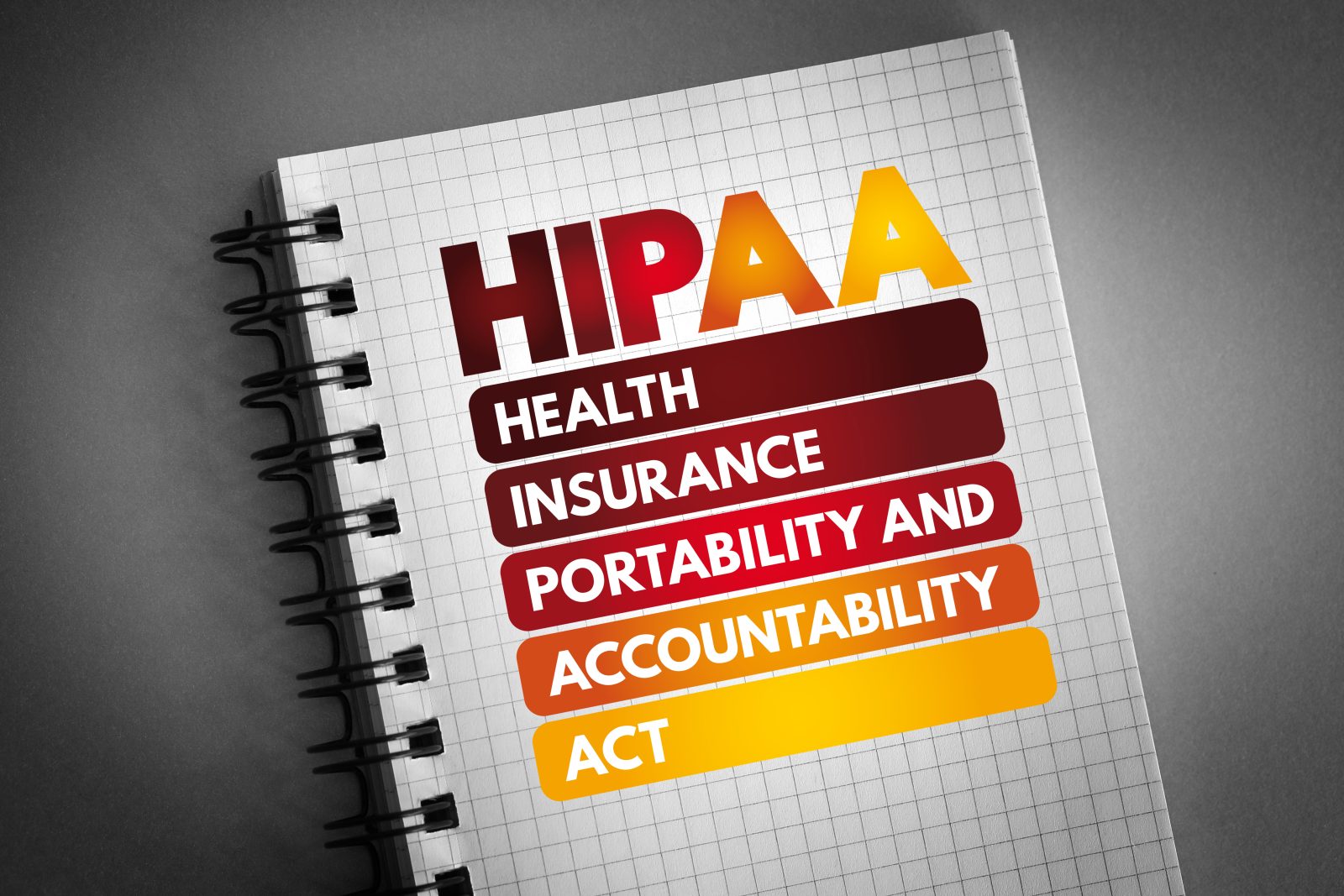 Webinar
Webinar
Navigating HIPAA to Protect You and Your Patients
2 Credit Hours
Saturday Apr 27th, 2024
at 10:00 AM ET
Dental team members need to understand the role HIPAA plays in their daily practice lives. Yet many do not participate in the required annual HIPAA training. HIPAA requirements deem that practice specific documentation be maintained, but often teams don’t maintain the information.
This program will review HIPAA requirements and what teams need to know to protect the patient’s protected health information (PHI). The program is not designed to replace a practice’s individualized information, but to provide teams with the information needed to update their protocols.
Speaker: Ann-Marie C. DePalma
 Webinar
Webinar
Human Trafficking: Understanding the Issues
3 Credit Hours
Saturday Apr 27th, 2024
at 11:00 AM ET
This live webinar is designed to awaken the dental community to the possibility of human trafficking involving patients seeking care in a dental facility. Many clues may be evident and exhibited by a patient or even by the perpetrator who may be accompanying the victim. Unless the healthcare professional is aware of the signs, the opportunity to assist the victims may not be recognized. The protocol for reporting human trafficking will be presented with excellent handouts for the participant on dental findings and seeking help for a victim.
Speaker: Dr. Nancy W. Burkhart
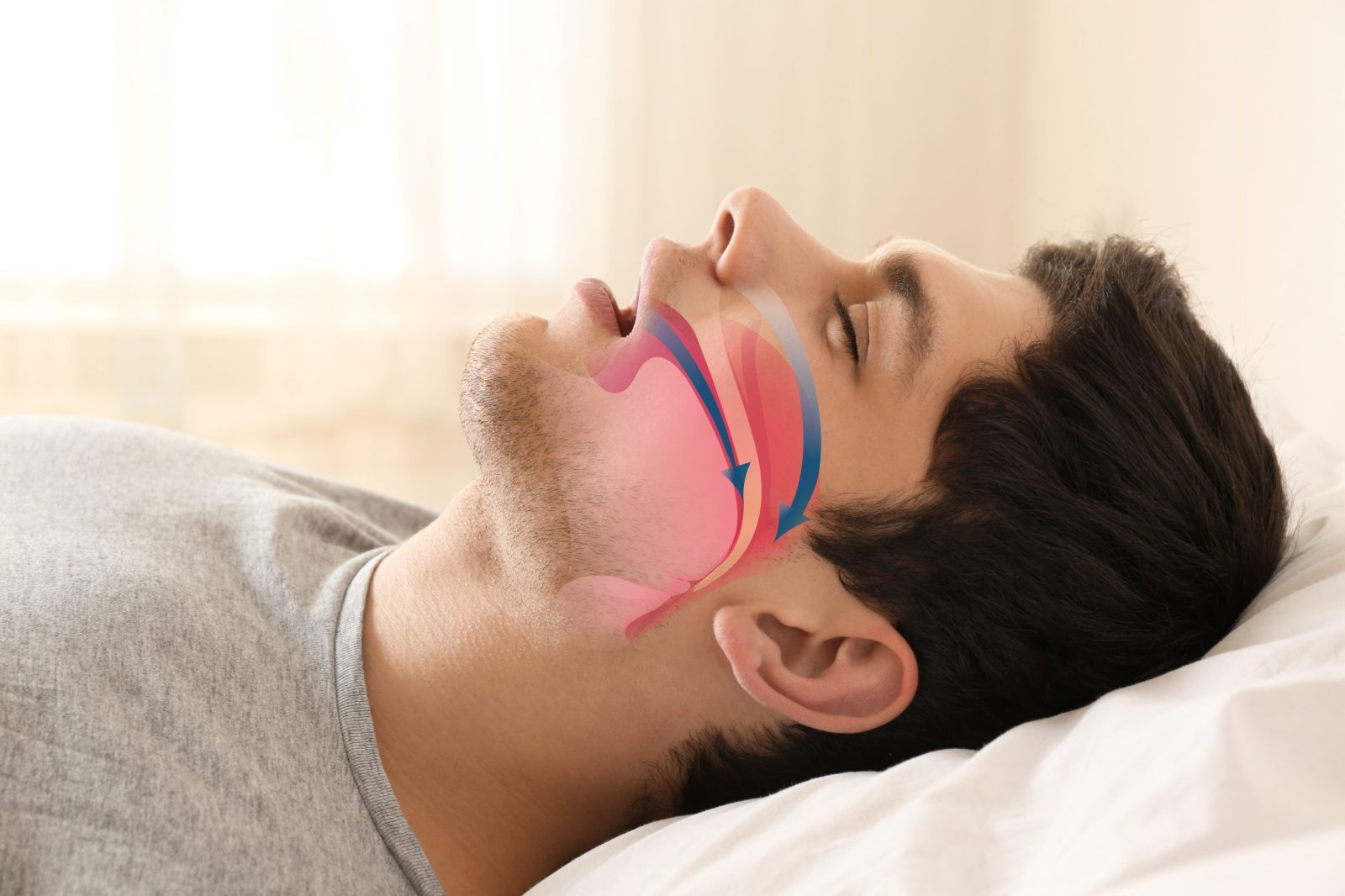 Webinar
Webinar
Dentistry’s Role in Screening for a Sleep Breathing Disorder
3 Credit Hours
Tuesday Apr 30th, 2024
at 6:00 PM ET
Over 18 million Americans are navigating the night in a silent struggle against sleep breathing disorders (SBD), such as sleep apnea, where dreams are disrupted not by nightmares, but by an unseen obstruction. With your unique position in the patient's care team, dental professionals have the power to detect, inspire and educate patients about this stealthy disruptor of sleep.
Speaker: Mayoor Patel
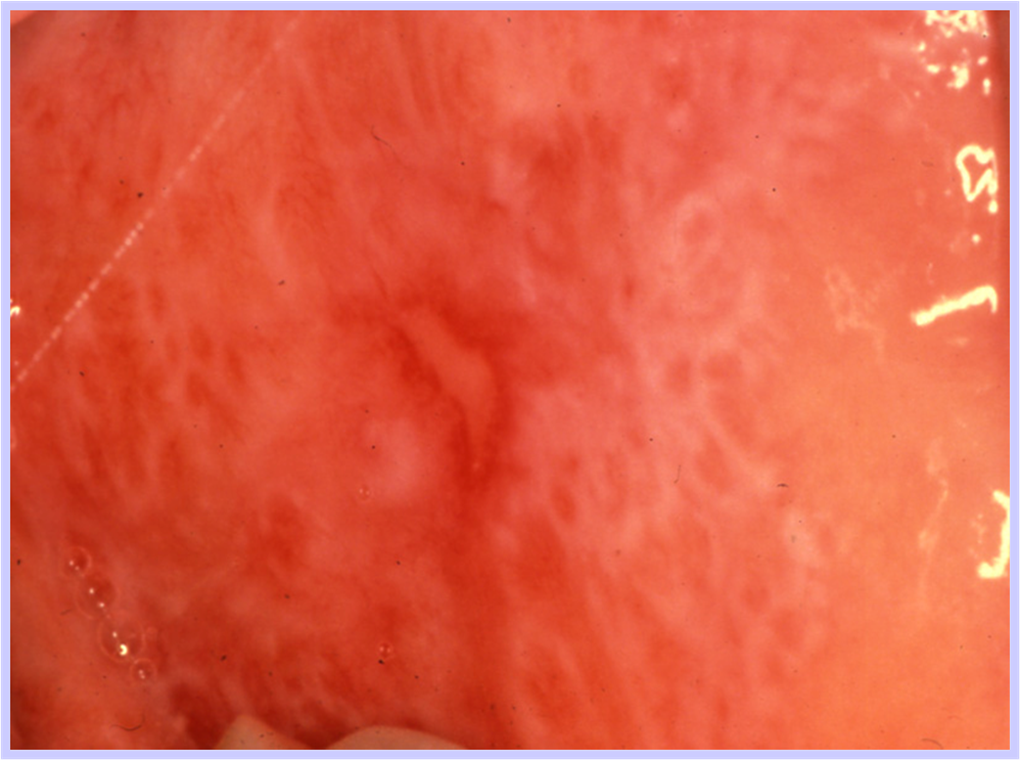 Webinar
Webinar
Lichen Planus, What Types am I Treating?
3 Credit Hours
Thursday May 2nd, 2024
at 7:00 PM ET
Some patients complain that their quality of life is significantly altered by years of progressive lichen planus that is treated for years with little change in the progression of the lesions. Making some minor changes may have a huge implication in the quality of life for these patients. Sometimes a misdiagnosis enters the picture, and patients may see multiple providers for years before any change occurs. Only, to find out that they may need treatment for another mucosal disease instead of or in addition to lichen planus.
Join this interactive, live webinar for facts, statistics, new treatment modalities, current patient protocol and discussion on this important topic.
Speaker: Dr. Nancy W. Burkhart
 Webinar
Webinar
Comprehensive Overview of Oral Pathology
6 Credit Hours
Friday May 3rd, 2024
at 10:00 AM ET
This course will provide attendees with a comprehensive review of oral pathology. Common entities will be discussed; a particular focus will be made on oral squamous cell carcinoma and prevention of this malignancy.
Speaker: Ashley N. Clark
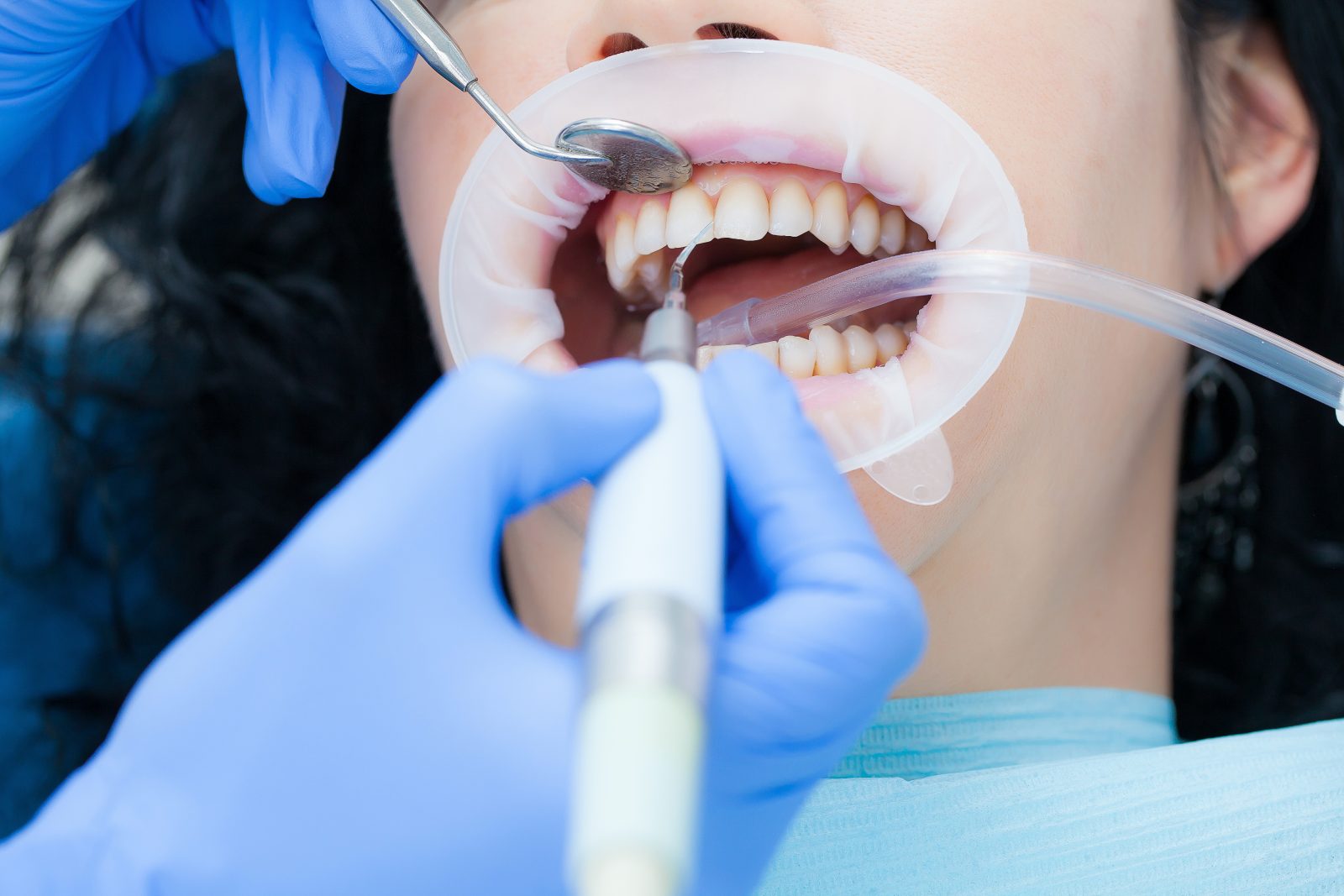 Webinar
Webinar
Review of Advanced Instrumentation for Non-Surgical Periodontal Therapy (NSPT)
3 Credit Hours
Friday May 3rd, 2024
at 12:00 PM ET
This course will provide dentists and dental hygienists with a comprehensive review of advanced instrumentation to avoid burnishing and effectively remove calculus during non-surgical periodontal therapy. The course content will incorporate discussion on dental anatomy and periodontal assessment to determine the best options in advanced instruments. Emphasis will be placed on reviewing different types of advanced instruments for safe and effective calculus removal during patient care.
Speaker: Silky Sharma
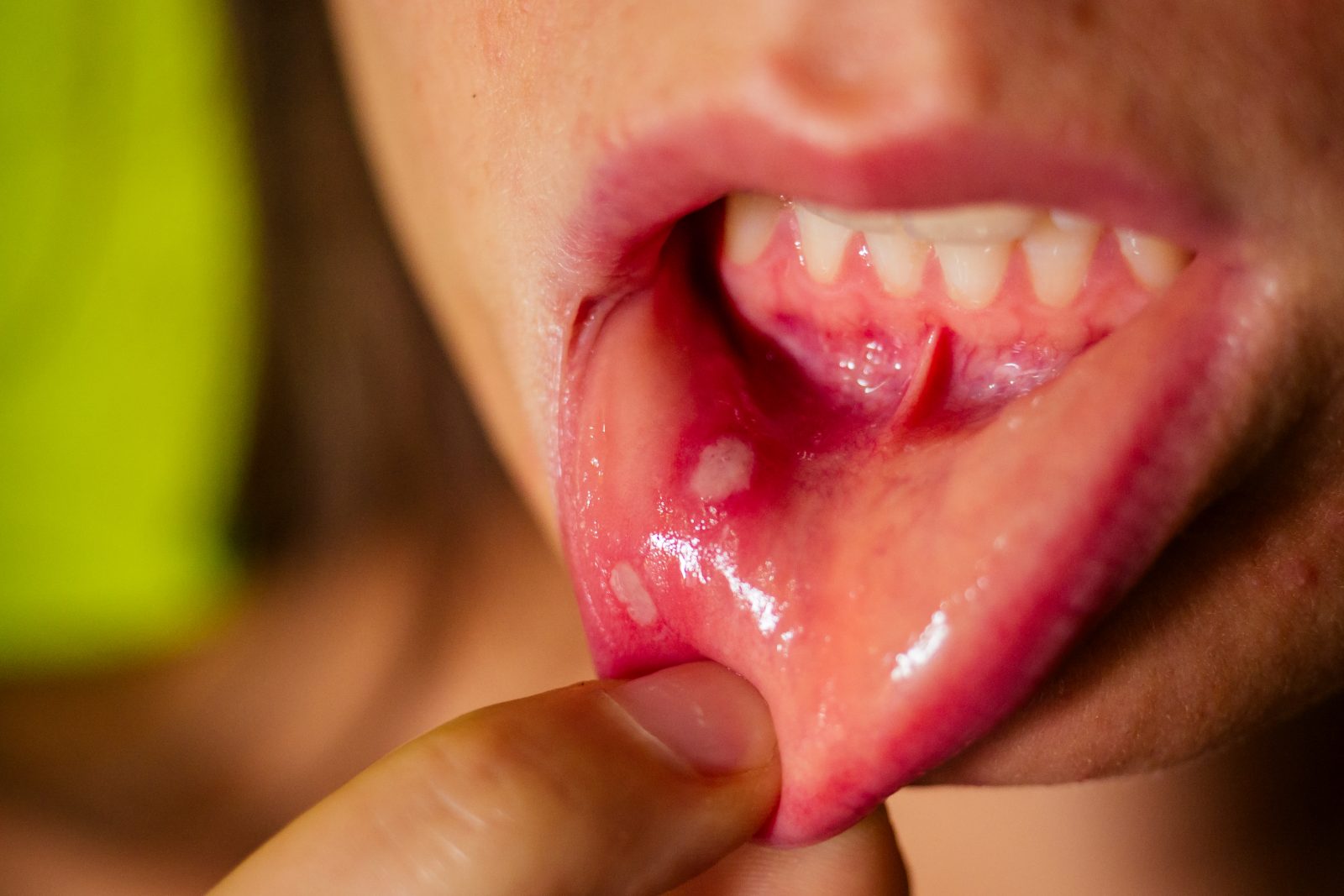 Webinar
Webinar
The Oral Pathology Playhouse: Name that Disease and other Oral Pathology Party Games
3 Credit Hours
Saturday May 4th, 2024
at 9:30 AM ET
This live webinar is different from other Concord seminars in that it is a self-assessment test that you grade yourself. Everyone gets 100%! At the completion of this live webinar you will be an expert on the soft tissue and radiographic entities that every dentist and hygienist should know. Some interesting cases will “pop up.”
Speaker: John A. Svirsky
 Webinar
Webinar
Aging and Oral Systemic Disease
8 Credit Hours
Saturday May 4th, 2024
at 11:00 AM ET
This live webinar is an in-depth look at how we may not see things in the mouth or head and neck areas that can be and are detrimental to our patient’s overall health, both oral and systemically. We need to understand the pathways in which oral disease and systemic diseases are connected and how we can make treatment choices that are and will be favorable.
Speaker: Eric Z. Shapira
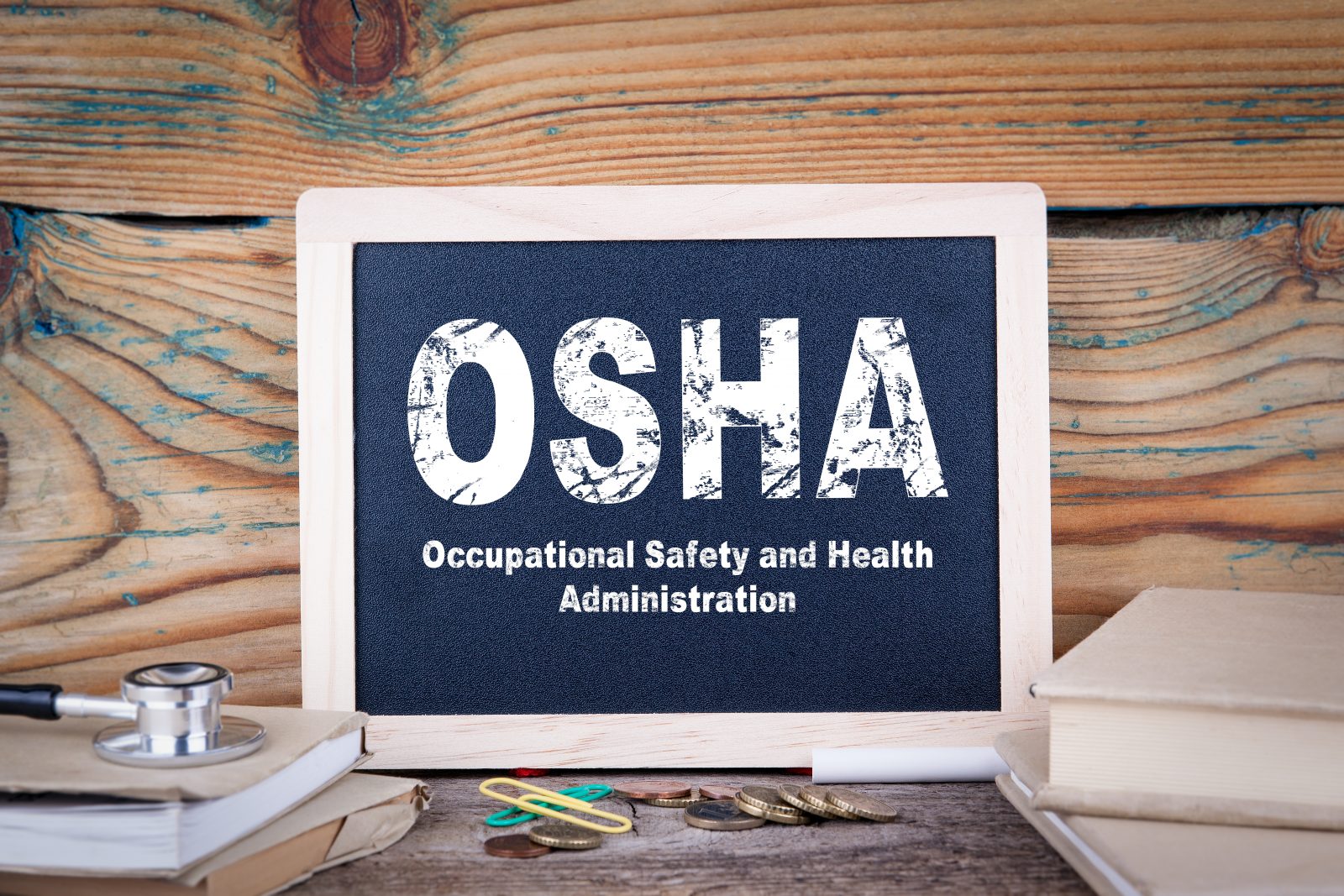 Webinar
Webinar
OSHA for the Dental Team: Annual Compliance Training
3 Credit Hours
Tuesday May 7th, 2024
at 6:00 PM ET
Maintaining OSHA dental office compliance is the responsibility of the entire dental team. Dental offices are required to implement and maintain all the necessary infection control and safety systems as required by OSHA. This live webinar provides valuable information on the regulatory requirements and offers practical suggestions on how the dental team can work together to ensure a mutually safe work environment for employees and patients.
Speaker: Marie Fluent
 Webinar
Webinar
Human Trafficking: Understanding the Issues
3 Credit Hours
Wednesday May 8th, 2024
at 7:00 PM ET
This live webinar is designed to awaken the dental community to the possibility of human trafficking involving patients seeking care in a dental facility. Many clues may be evident and exhibited by a patient or even by the perpetrator who may be accompanying the victim. Unless the healthcare professional is aware of the signs, the opportunity to assist the victims may not be recognized. The protocol for reporting human trafficking will be presented with excellent handouts for the participant on dental findings and seeking help for a victim.
Speaker: Dr. Nancy W. Burkhart
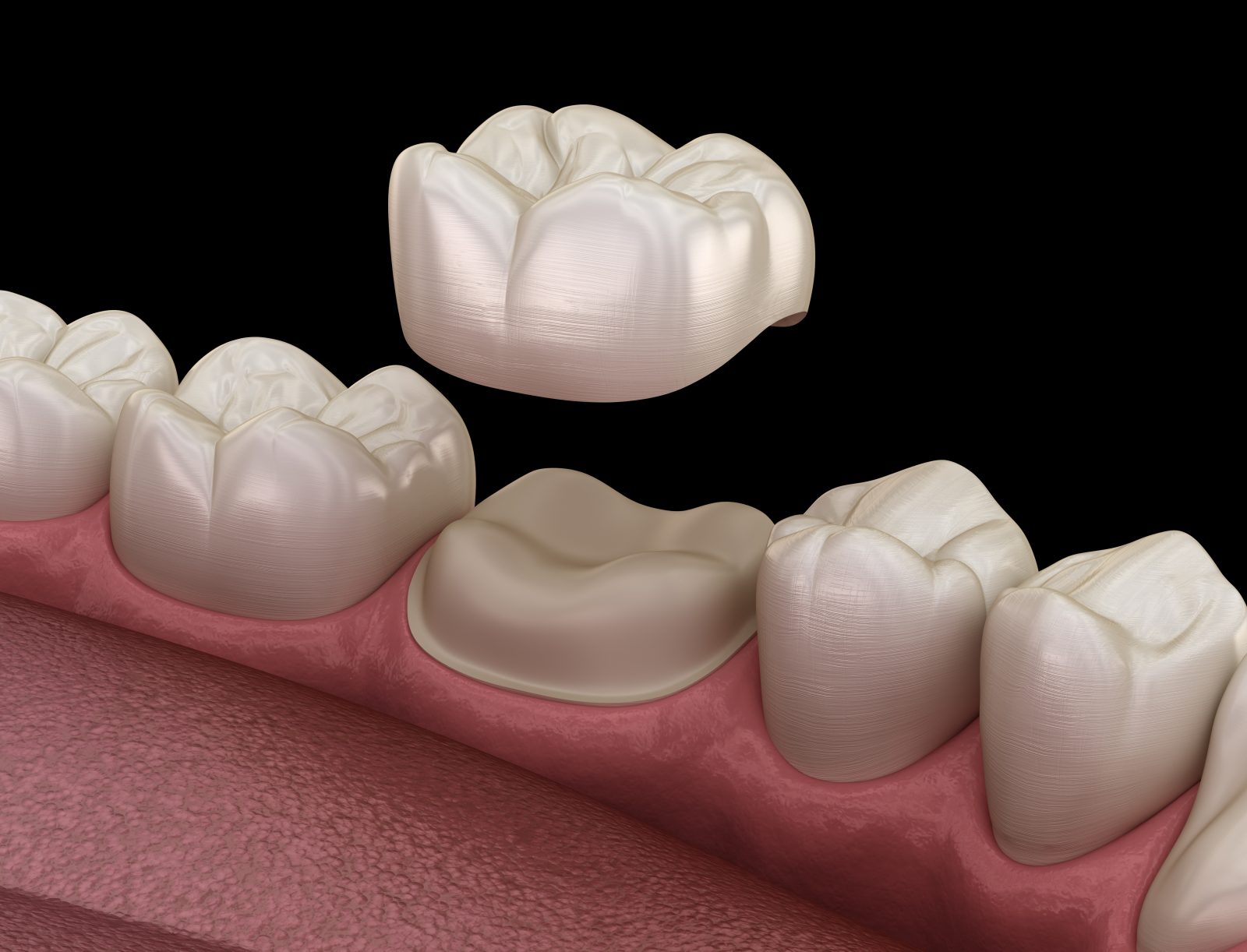 Webinar
Webinar
Crown Lengthening – How it WILL Enhance Your Restorative Results
2 Credit Hours
Thursday May 9th, 2024
at 7:00 PM ET
Frustrated by dealing with subgingival margins? Difficult to obtain adequate impressions on the first try?
This two-hour live webinar can provide clinicians with the confidence to better understand and solve these problems. Besides offering basic surgical solutions, participants will have a chance to develop a thought process to help validate the decision of choosing treatment over extraction. The concepts discussed will facilitate the goal of excellence and show a predictable way to avoid an automatic default to titanium with every challenging situation.
Speaker: James Kohner
 Webinar
Webinar
Diagnosis and Treatment of Medical Emergencies in the Dental Office
6 Credit Hours
Friday May 10th, 2024
at 10:00 AM ET
The live webinar is designed to expose the participants to medical risk assessment, emergency medical equipment and drugs, and algorithms to treat medical emergencies in the dental office. The course content will be geared to the capabilities of a general dental practice.
Speaker: Steven Bookless
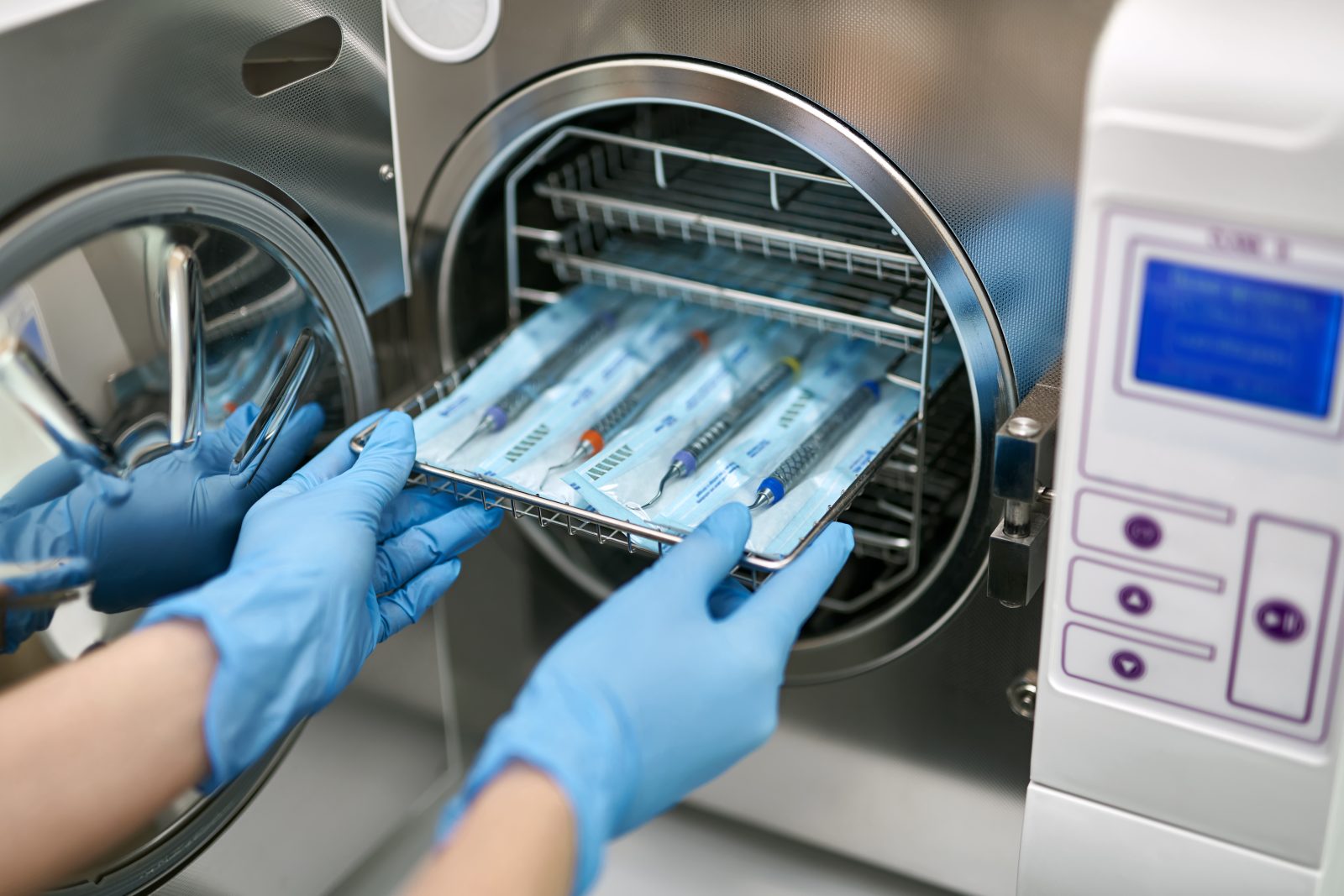 Webinar
Webinar
Infection Control Update
3 Credit Hours
Tuesday May 14th, 2024
at 6:00 PM ET
All clinical personnel in the dental setting are at risk for exposure to disease agents and other environmental hazards. With attention to infection control guidelines by CDC, risks to yourself, your patients, and other dental team members can be minimized. In this update, the scientific background behind infection control and safety regulations will be emphasized.
Speaker: Marie Fluent
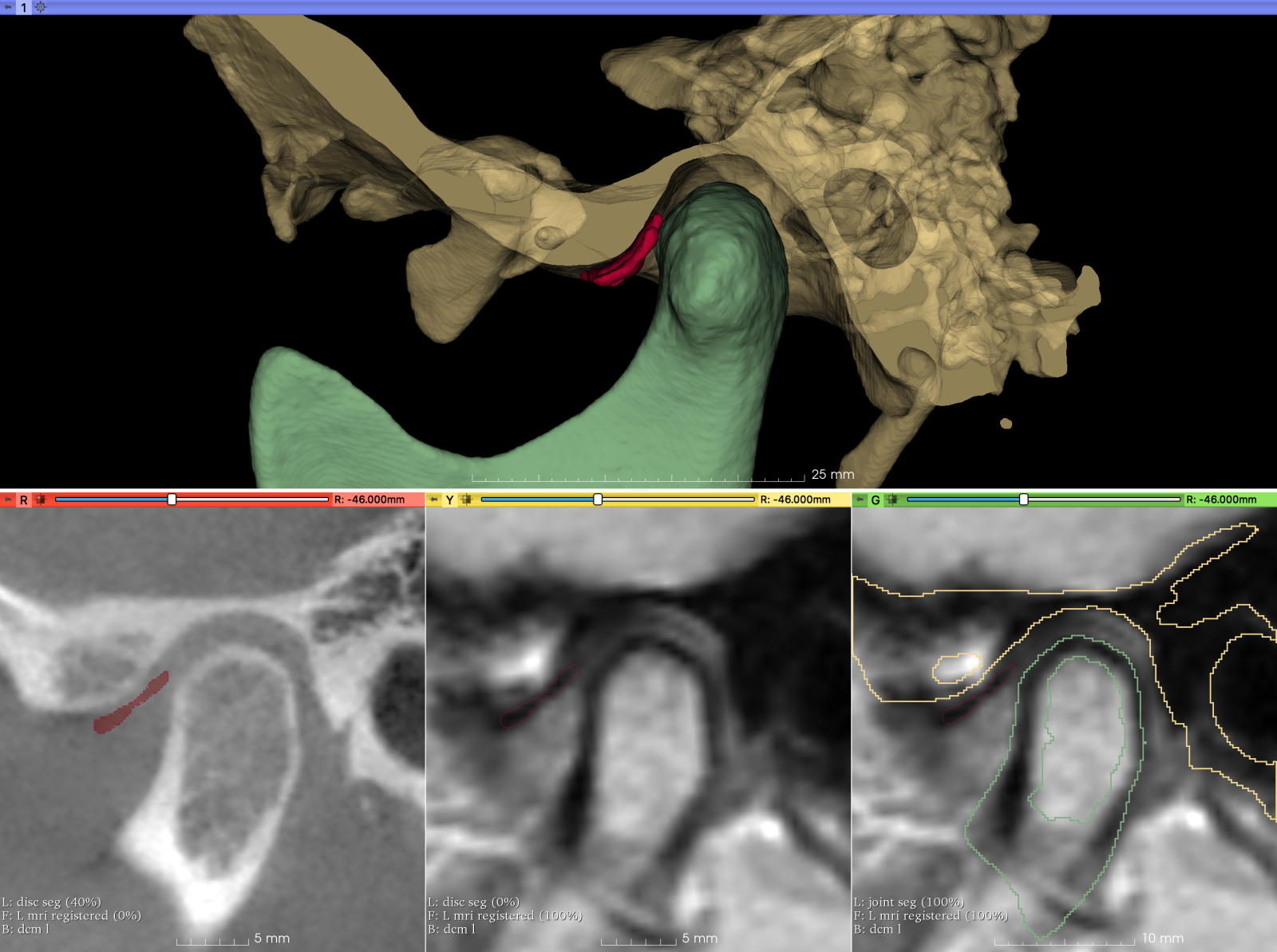 Webinar
Webinar
Understanding the TMJ and Airway – A Radiographic Exploration
10 Credit Hours
Friday May 17th, 2024
at 9:00 AM ET
In conjunction with BeamReaders, Inc, we are pleased to offer a highly interactive 10 hour course by Dr. Dania Tamimi.
This 2-day live webinar will take place on Friday, 5/17 from 9 am - 2:30 pm ET and conclude on Sunday, 5/19 from 9 am - 2:30 pm ET.
The aim of this course is to teach clinicians how to look for radiographic diagnostic clues that may indicate the presence of TMD or sleep-disordered breathing in their dental patients. Taught by Dr. Dania Tamimi, an Oral and Maxillofacial Radiologist and author of a textbook on the subject, “Specialty Imaging: Temporomandibular Joint and Sleep-Disordered Breathing”, the course will include a comprehensive review of TMJ and upper respiratory tract anatomy as visualized on CBCT volumes as well as MRI of the TMJ.
Included with this live webinar - BeamReaders' 3-part CBCT Education Series On-Demand course (a $600 savings!). As a recommended prerequisite to the live presentation, this series covers 3D anatomy, foundational information on CBCT imaging & a comprehensive process for reviewing a scan.
Speaker: Dania Tamimi
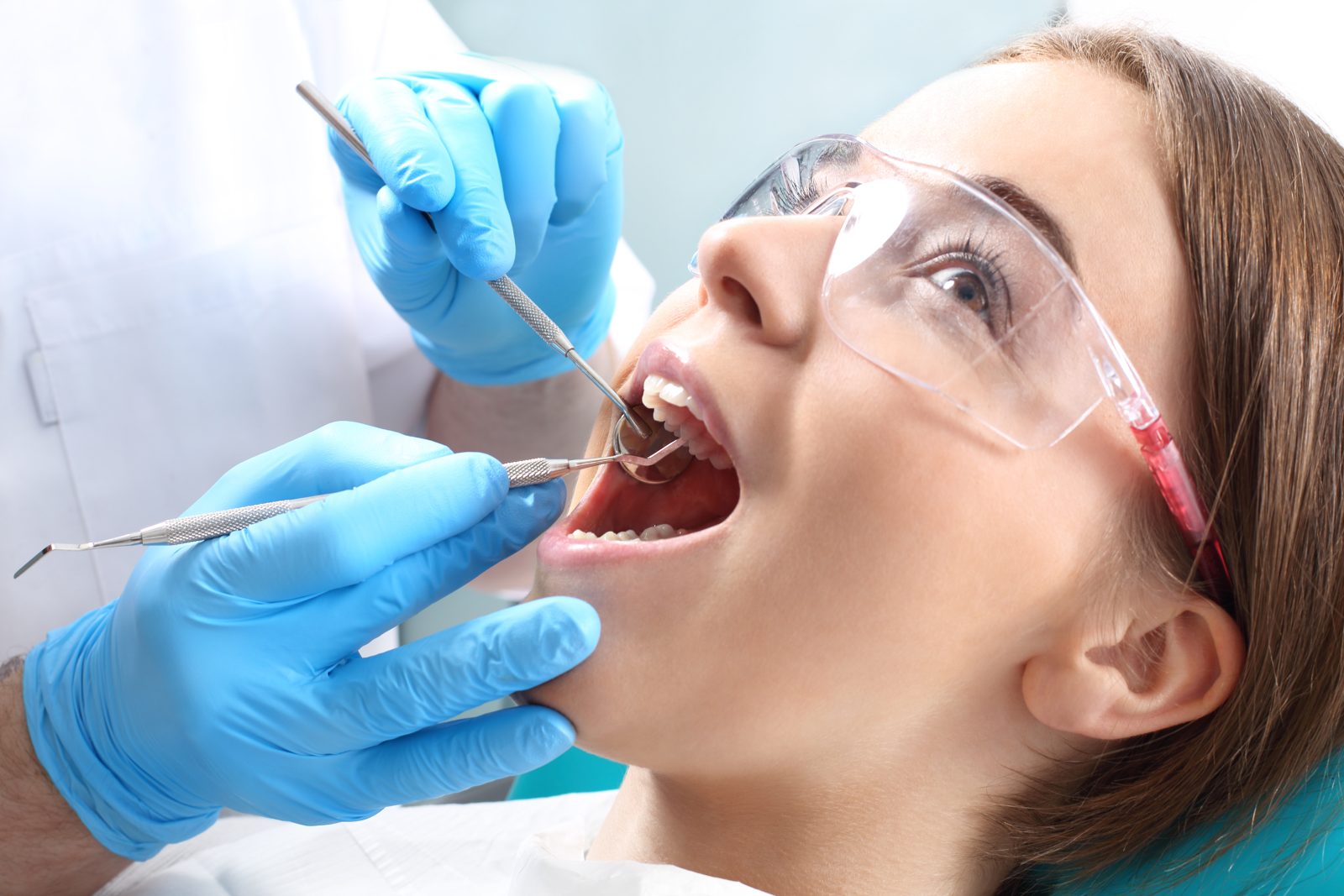 Webinar
Webinar
Signs and Symptoms of Periodontitis for Non-Surgical Periodontal Therapy (NSPT)
3 Credit Hours
Friday May 17th, 2024
at 12:00 PM ET
This course is designed for dentists and dental hygienists and will offer critically appraised, evidence-based information to identify signs and symptoms of periodontal disease. The course will provide chronological information on the dental hygiene assessment phase of care to develop steps in identifying, treating, and stabilizing periodontitis utilizing non-surgical periodontal therapy.
Speaker: Silky Sharma
 Webinar
Webinar
Infection Control, OSHA & Vaccine Recommendations After COVID-19
6 Credit Hours
Saturday May 18th, 2024
at 10:00 AM ET
The morning session of this live webinar will focus on practical discussion of the most recent infection prevention regulations and recommendations as they relate to dental settings, using occupational blood-borne, airborne, and waterborne pathogens as frameworks for the presentation. Discussion sections include hand hygiene, personal protective equipment (PPE), instrument reprocessing, environmental surface disinfection, and dental water treatment
In the afternoon, the most recent recommendations for COVID-19 vaccines will be presented in addition to information pertaining to other vaccine-preventable infectious diseases, including influenza, pneumococcal pneumonia, shingles, HPV, and pertussis. A major goal of this presentation is to discuss appropriate scientific and clinical evidence for available vaccines and emerging technologies, to provide participants useful information when considering: 1. their own protection; 2. protection of the general public; and 3. vaccine requirements for individuals diagnosed with immune compromising conditions and diseases
Speaker: John A. Molinari
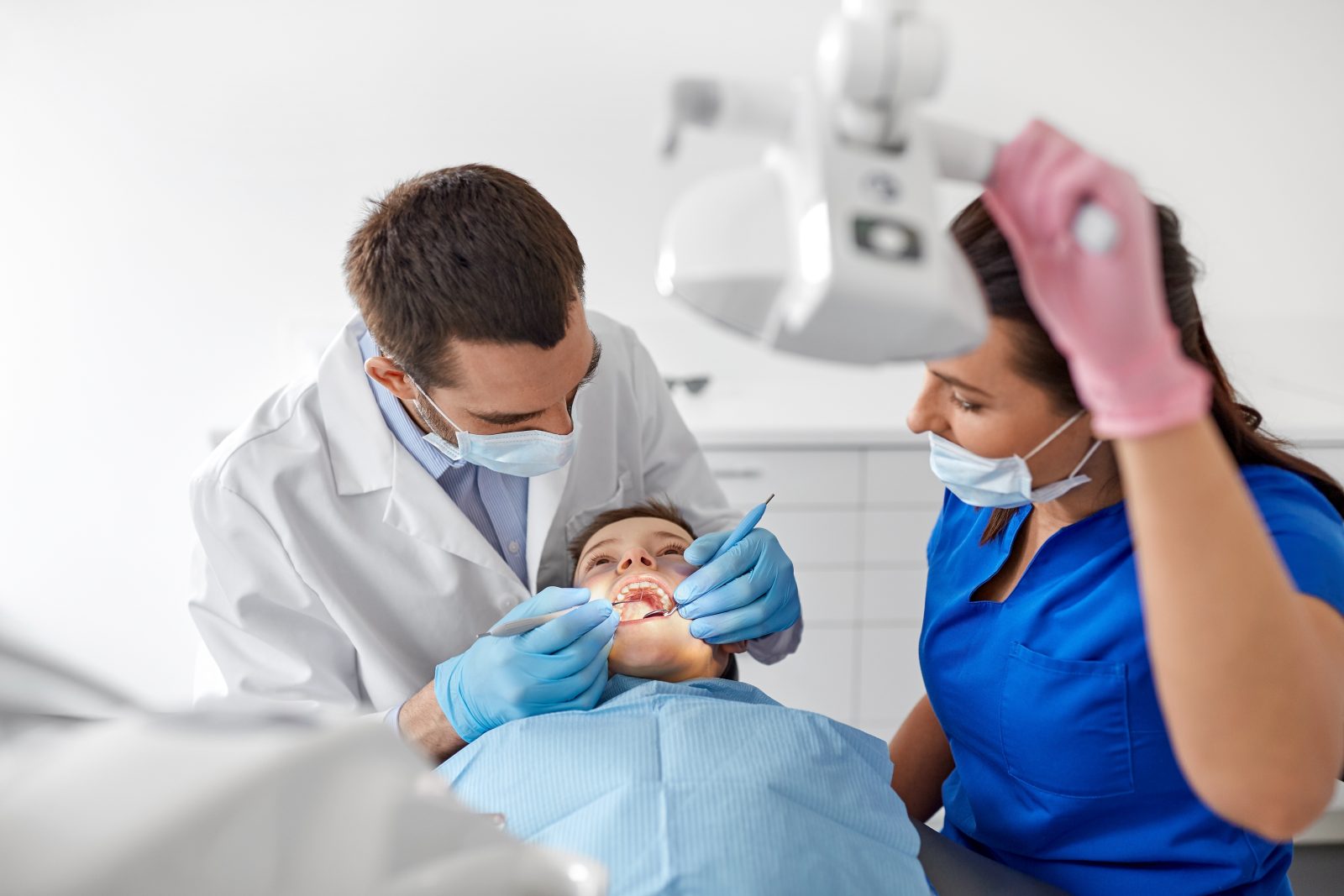 Webinar
Webinar
Beating Up on Your Patient’s Periodontal Disease – A Minimally Invasive Approach for Doctors and Hygienists
3 Credit Hours
Tuesday May 21st, 2024
at 7:00 PM ET
Doctors and Hygienists can learn together about an evidenced based approach to eliminating and controlling Periodontal Disease. This presentation will discuss a scientifically sound approach for effective control of all levels of periodontal disease using the non-surgical approach with scaling and root planning, or minimally invasive surgical intervention for more advanced disease. Both indications will be explained and published literature will be explained.
Speaker: James Kohner
 Webinar
Webinar
Oral Manifestations of Substance Abuse
3 Credit Hours
Wednesday May 22nd, 2024
at 6:00 PM ET
This live webinar is designed to provide an update on recreational drugs and to describe the oral effects of substance abuse. Drugs covered include a range of legal and illegal substances, ranging from cigarettes and marijuana to opioids. Participants will be provided with tools to help recognize potential patients abusing recreational substances.
Speaker: Ashley N. Clark
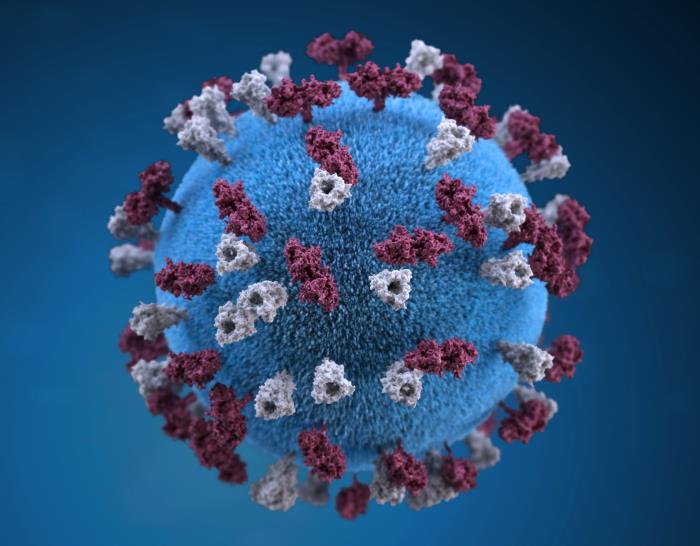 Webinar
Webinar
Emerging and Re-Emerging Infectious Diseases
3 Credit Hours
Thursday May 23rd, 2024
at 6:00 PM ET
Infectious diseases described over the past 5 decades include those caused by newly discovered microbial pathogens, re-emergent diseases, and infections which have become increasingly resistant to previously successful antimicrobials. An update on recent Measles outbreaks will be discussed. Current epidemiology and evidence addressing ongoing challenges and occupational guidelines for blood-borne pathogens (hepatitis B and C viruses, HIV), respiratory infections (influenza viruses, tuberculosis), and waterborne infections in healthcare facilities will comprise major portions of the live webinar.
Speaker: John A. Molinari
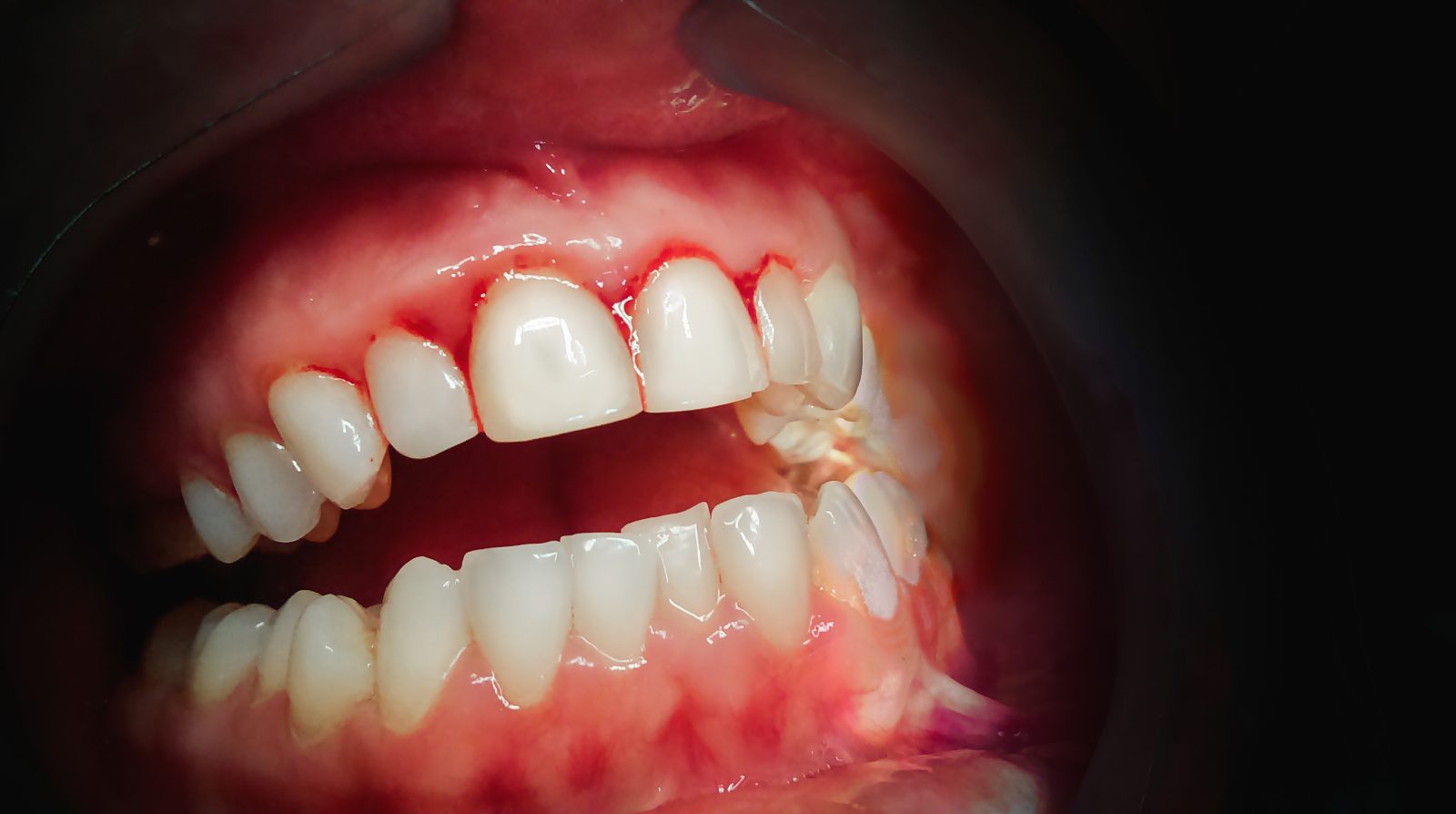 Webinar
Webinar
Periodontal Classification: A Case Based Approach
2 Credit Hours
Friday May 24th, 2024
at 12:00 PM ET
This course is crafted to provide dental professionals with a profound comprehension of the periodontal classification system and its application through a case-based approach. Diverse case studies will be used to distinguish various stages and grades, supported by rationales grounded in the criteria of the new classification system. The course content will immerse attendees in the intricacies of periodontal diseases, guiding them through various stages of diseases and offering practical insights into decoding complex cases through real-world examples.
Speaker: Silky Sharma
 Webinar
Webinar
Special Needs Dentistry
3 Credit Hours
Wednesday May 29th, 2024
at 7:00 PM ET
This live webinar will discuss the developmental disabilities of special needs patients with respect to being dental patients, and, what to look for in the dental office regarding their care process and how to be aware of the issues that affect these “special people” with special needs.
Speaker: Eric Z. Shapira
 Webinar
Webinar
Pharmacology Update for the Dental Team
3 Credit Hours
Thursday May 30th, 2024
at 7:00 PM ET
Today, pharmaceuticals are being developed and brought to market faster than at any time in recent history. This is particularly true for drugs used to manage or treat chronic health conditions. In this presentation, a review of some of these new drugs will be reviewed along with an update on some important drug classes that have been around for a while.
Speaker: Bradford Towne
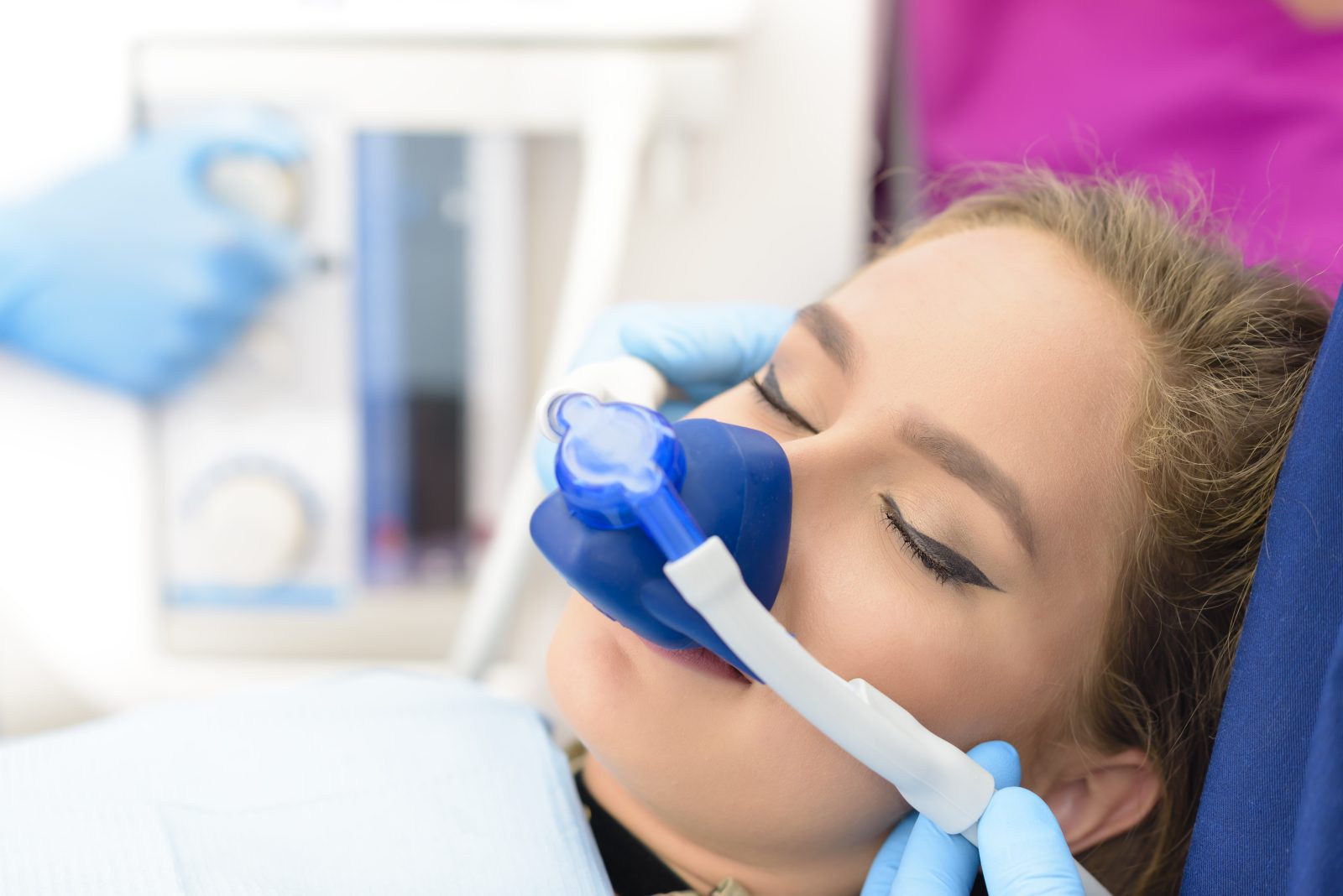 Webinar
Webinar
Nitrous Oxide Sedation 101 (An Introduction to Passing Gas)
4 Credit Hours
Friday May 31st, 2024
at 10:00 AM ET
This live webinar presentation is designed to expose the participants to the use of Nitrous Oxide/Oxygen sedation in their practices. Topics discussed will include indications and contraindications of nitrous oxide sedation, patient evaluation, delivery systems, monitoring equipment, and the technique for delivery. The course content will be beneficial to both hygienists and dentists.
Speaker: Steven Bookless
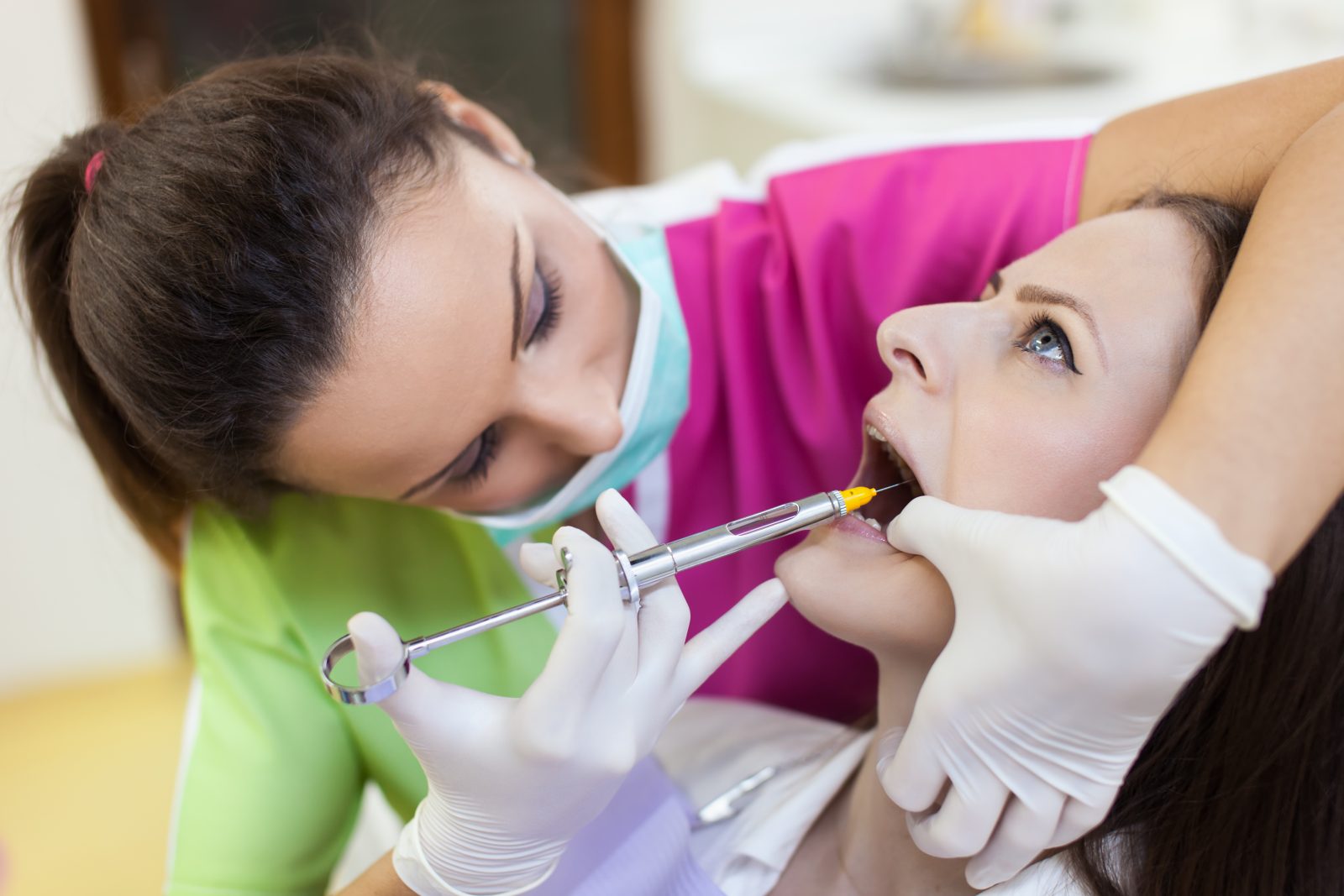 Webinar
Webinar
Painless Precision: A Guide for RDHs to Deliver Effective Local Anesthesia
3 Credit Hours
Friday May 31st, 2024
at 12:00 PM ET
Utilizing a series of videos, this course is designed for clinical dental hygienists looking to refresh their basic knowledge of administering local anesthetic techniques. It provides step-by-step guidance and in-depth knowledge in administering local anesthetics to achieve profound anesthesia.
Speaker: Silky Sharma
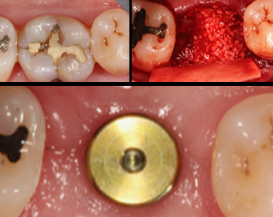 Webinar
Webinar
Secrets Regarding Successful Ridge (Socket) Preservation Procedures
7 Credit Hours
Saturday Jun 1st, 2024
at 10:00 AM ET
This course is designed to teach the general dentist and specialists how to effectively and predictably maintain the dimensions of the alveolar ridge following tooth extractions. This course will demonstrate new techniques in exodontia to atraumatically perform extractions while preserving the bone and cortical plate
Speaker: Nikolaos K. Soldatos
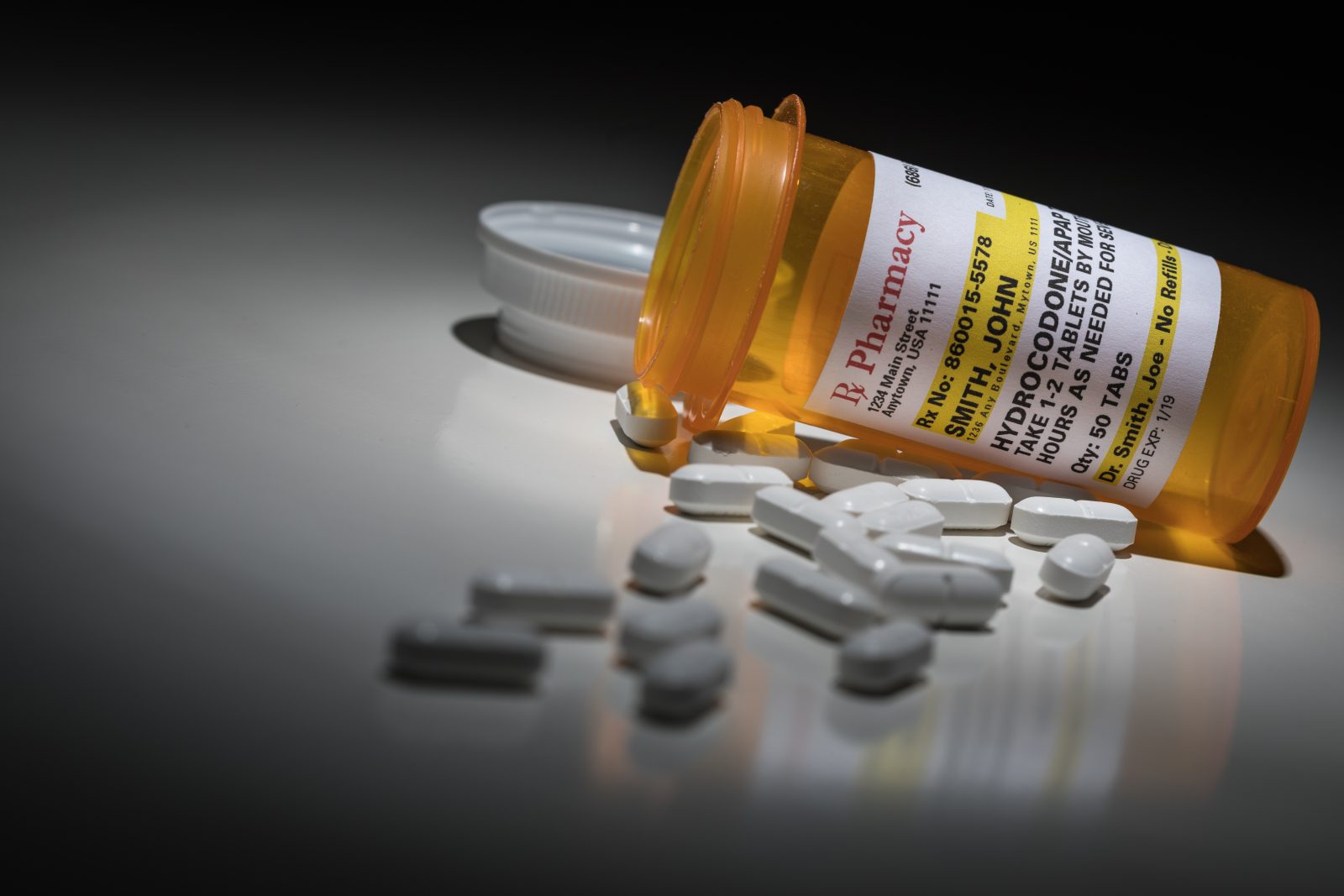 Webinar
Webinar
Appropriate Prescribing Practices for Opioid Analgesics in the Dental Office
3 Credit Hours
Sunday Jun 2nd, 2024
at 12:00 PM ET
Management of acute dental pain is accomplished with the use of non-opioid and opioid analgesics. However, this normally occurs outside the dental office, away from the immediate supervision of the clinician, who is often faced with the difficult task of managing patient pain while also avoiding adverse outcomes for both the patient and their communities. This program will provide participants with an overview of the pharmacology of pain control and the effective management of acute dental pain using non-opioid and opioid analgesics. Special emphasis will be given to appropriate prescribing practices for opioid analgesics.
Speaker: Thomas A. Viola
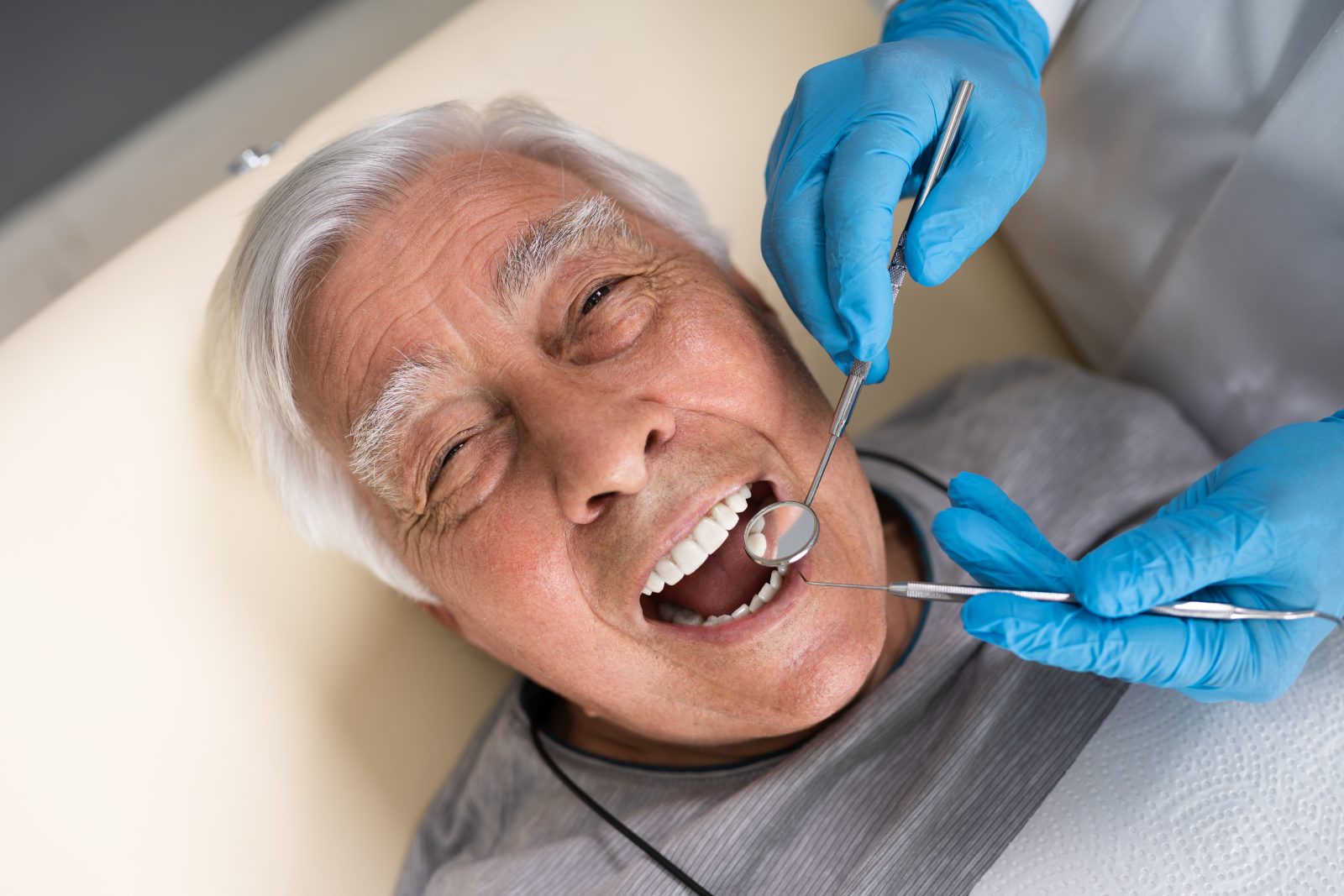 Webinar
Webinar
Oral Medicine in an Aging Population: A Comprehensive Course
3 Credit Hours
Wednesday Jun 5th, 2024
at 7:00 PM ET
This updated live webinar for 2024 (previously title: Body of Evidence: Oral and Physical Manifestations of Disease) will provide a clear understanding of the demographics of patients that will occur during the next twenty years, along with the types of diseases/disorders that will become a focus for practitioners. This course will discuss autoimmune-type diseases, chronic age-related disorders and the cultural implications of health issues in a multi-complex society.
Speaker: Dr. Nancy W. Burkhart
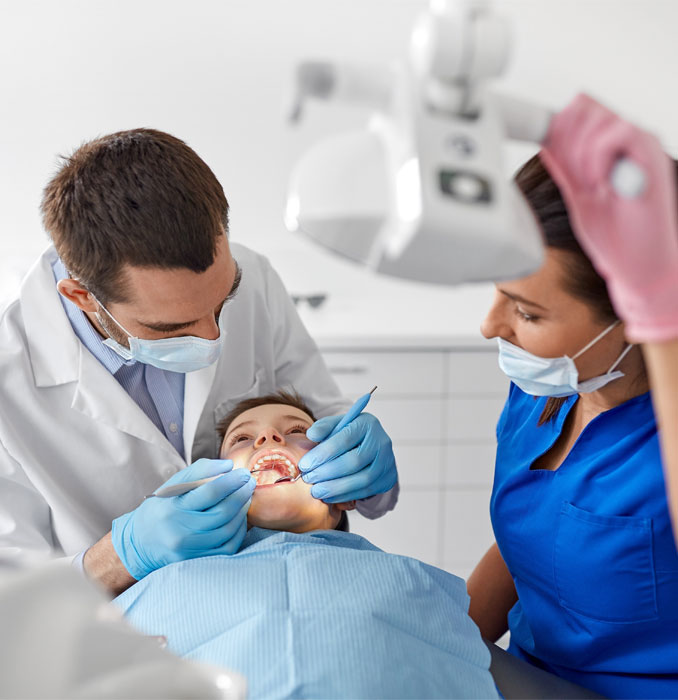 Webinar
Webinar
Periodontal Concepts for The Modern Dental Practice: From Diagnosis to Long Term Maintenance Care
8 Credit Hours
Friday Jun 7th, 2024
at 10:00 AM ET
This live webinar will clarify diagnosis and treatment planning to help hygienists and dentists feel comfortable with stabilizing periodontal conditions and creating a predictable foundation for successful ongoing maintenance and restorative care. This course is designed to enhance or develop skills in basic periodontal diagnosis and treatment planning, while at the same time showing the long term potential for a non-surgical minimally invasive approach.
Speaker: James Kohner
 Webinar
Webinar
Infection Control, OSHA & Vaccine Recommendations After COVID-19
6 Credit Hours
Friday Jun 7th, 2024
at 10:00 AM ET
The morning session of this live webinar will focus on practical discussion of the most recent infection prevention regulations and recommendations as they relate to dental settings, using occupational blood-borne, airborne, and waterborne pathogens as frameworks for the presentation. Discussion sections include hand hygiene, personal protective equipment (PPE), instrument reprocessing, environmental surface disinfection, and dental water treatment
In the afternoon, the most recent recommendations for COVID-19 vaccines will be presented in addition to information pertaining to other vaccine-preventable infectious diseases, including influenza, pneumococcal pneumonia, shingles, HPV, and pertussis. A major goal of this presentation is to discuss appropriate scientific and clinical evidence for available vaccines and emerging technologies, to provide participants useful information when considering: 1. their own protection; 2. protection of the general public; and 3. vaccine requirements for individuals diagnosed with immune compromising conditions and diseases
Speaker: John A. Molinari
 Webinar
Webinar
Diagnosis and Treatment of Medical Emergencies in the Dental Office
6 Credit Hours
Saturday Jun 8th, 2024
at 10:00 AM ET
The live webinar is designed to expose the participants to medical risk assessment, emergency medical equipment and drugs, and algorithms to treat medical emergencies in the dental office. The course content will be geared to the capabilities of a general dental practice.
Speaker: Steven Bookless
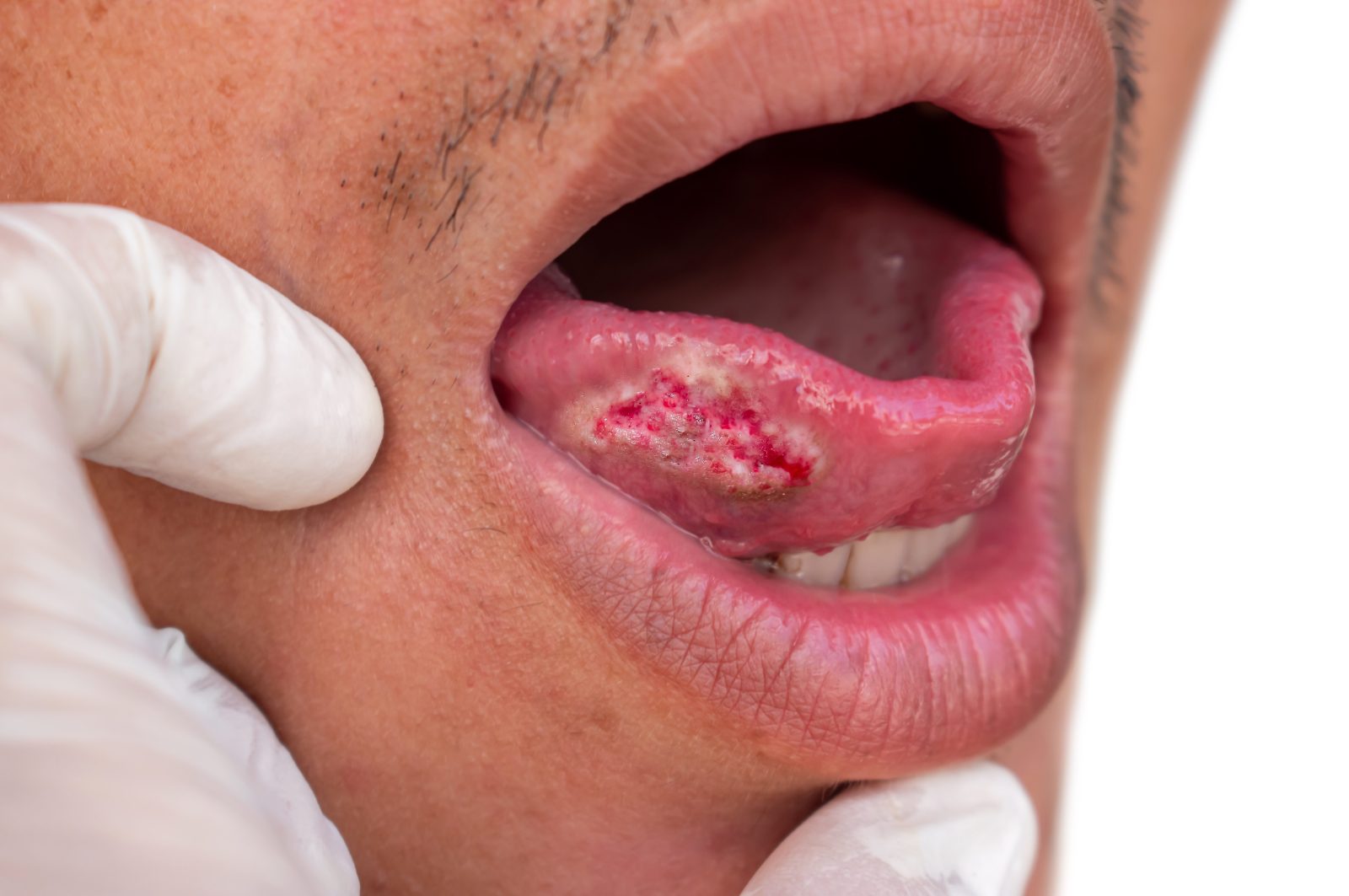 Webinar
Webinar
Oral Cancer: A Focus on Prevention
3 Credit Hours
Wednesday Jun 12th, 2024
at 6:00 PM ET
This course will provide the oral health care team with tools to help identify oral potentially malignant disorders (PMDs). These PMDs are almost always present and visible before an HPV-negative oral squamous cell carcinoma (OSCC) develops; therefore, detection of these PMDs is vital in improving the lives of those affected by PMDs and oral cancer in this country. Though the rate of HPV-negative OSCC has declined as the number of Americans who smoke has declined, the survival rate remains the same: overall, around 50% of these patients will succumb to their disease within 5 years. We will spend a great deal of time discussing leukoplakia, as this is the most common way in which oral PMDs present. The goal of the oral health care professional is to "catch" oral cancer before it develops; therefore, we will primarily discuss how to manage leukoplakia and what we can do for our patients to help lower their risk for developing an OSCC.
Speaker: Ashley N. Clark
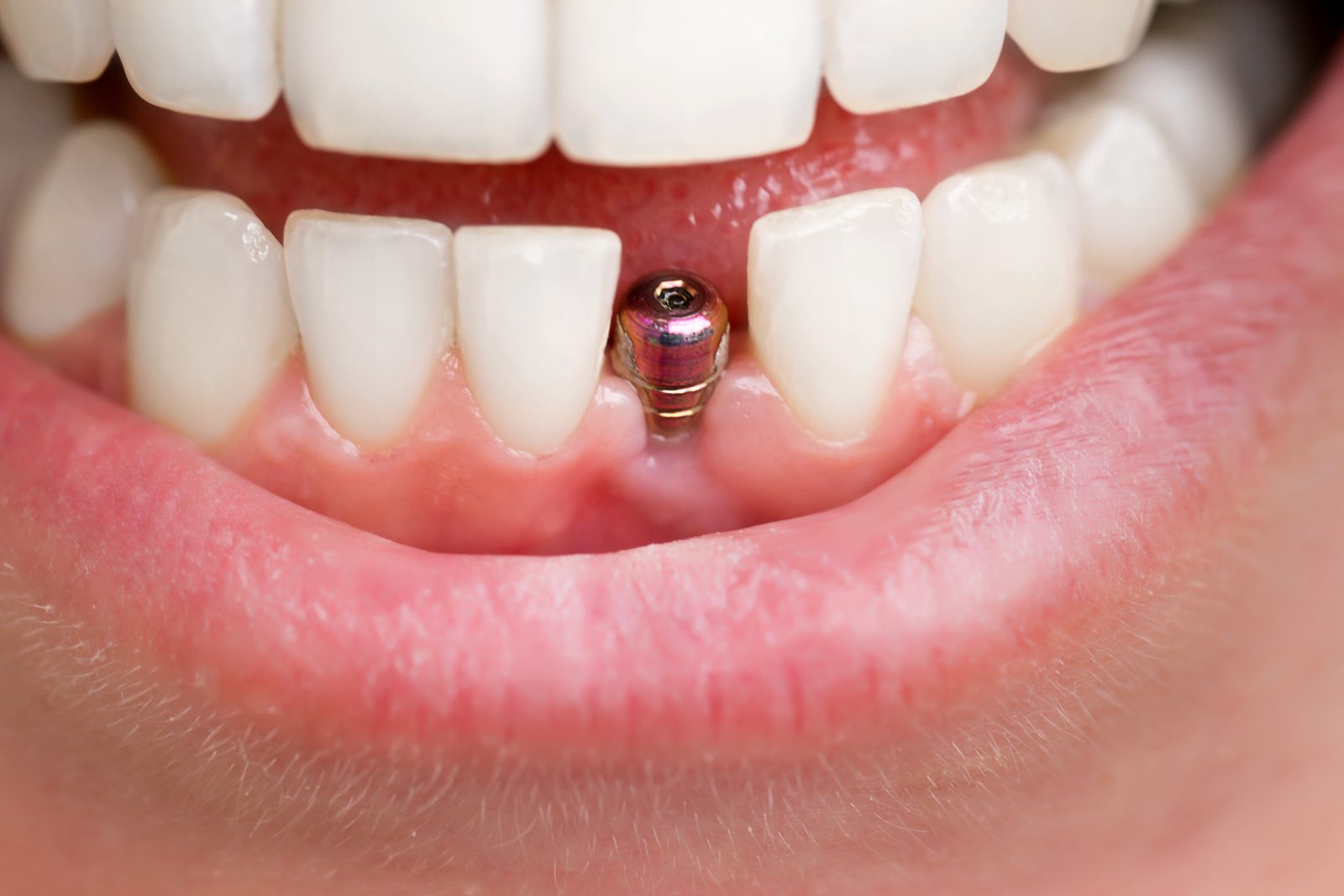 Webinar
Webinar
Dental Implant Basics and Maintenance
3 Credit Hours
Thursday Jun 13th, 2024
at 6:30 PM ET
Once considered an elective for the privileged few, dental implants are now provided as a routine dental service. Long-term success for these patients is dependent on a collaborative effort with the dentist and dental hygienist, however, there is limited formal education about dental implant maintenance in the current US dental hygiene curriculum. This program will review decision-making factors leading to maintenance protocols for implant cases ranging from a single tooth to full arch screw-retained restorations.
Speaker: Lynn Pencek
 Webinar
Webinar
Comprehensive Overview of Oral Pathology
6 Credit Hours
Friday Jun 14th, 2024
at 10:00 AM ET
This course will provide attendees with a comprehensive review of oral pathology. Common entities will be discussed; a particular focus will be made on oral squamous cell carcinoma and prevention of this malignancy.
Speaker: Ashley N. Clark
 Webinar
Webinar
Nitrous Oxide Sedation 101 (An Introduction to Passing Gas)
4 Credit Hours
Saturday Jun 15th, 2024
at 10:00 AM ET
This live webinar presentation is designed to expose the participants to the use of Nitrous Oxide/Oxygen sedation in their practices. Topics discussed will include indications and contraindications of nitrous oxide sedation, patient evaluation, delivery systems, monitoring equipment, and the technique for delivery. The course content will be beneficial to both hygienists and dentists.
Speaker: Steven Bookless
 Webinar
Webinar
Surgical Concepts for Dental Hygienists
3 Credit Hours
Saturday Jun 15th, 2024
at 10:00 AM ET
Dental hygienists are often the first line of providers to diagnose patients with periodontal disease, to identify and successfully diagnose mucogingival deformities around teeth or implants, to identify hopeless teeth and to recognize areas for horizontal or vertical ridge augmentation procedures. After the completion of the initial non-surgical periodontal therapy (phase I), several patients undergo advanced surgical treatment, which include either resective approaches such as osseous surgeries or regenerative approaches such as guided tissue regeneration (GTR) or horizontal/vertical guided bone regeneration (GBR), mucogingival surgeries to increase the keratinized tissue or surgical implant treatment. The role of dental hygienists in the surgical treatment of periodontally compromised patients is essential.
Speaker: Nikolaos K. Soldatos
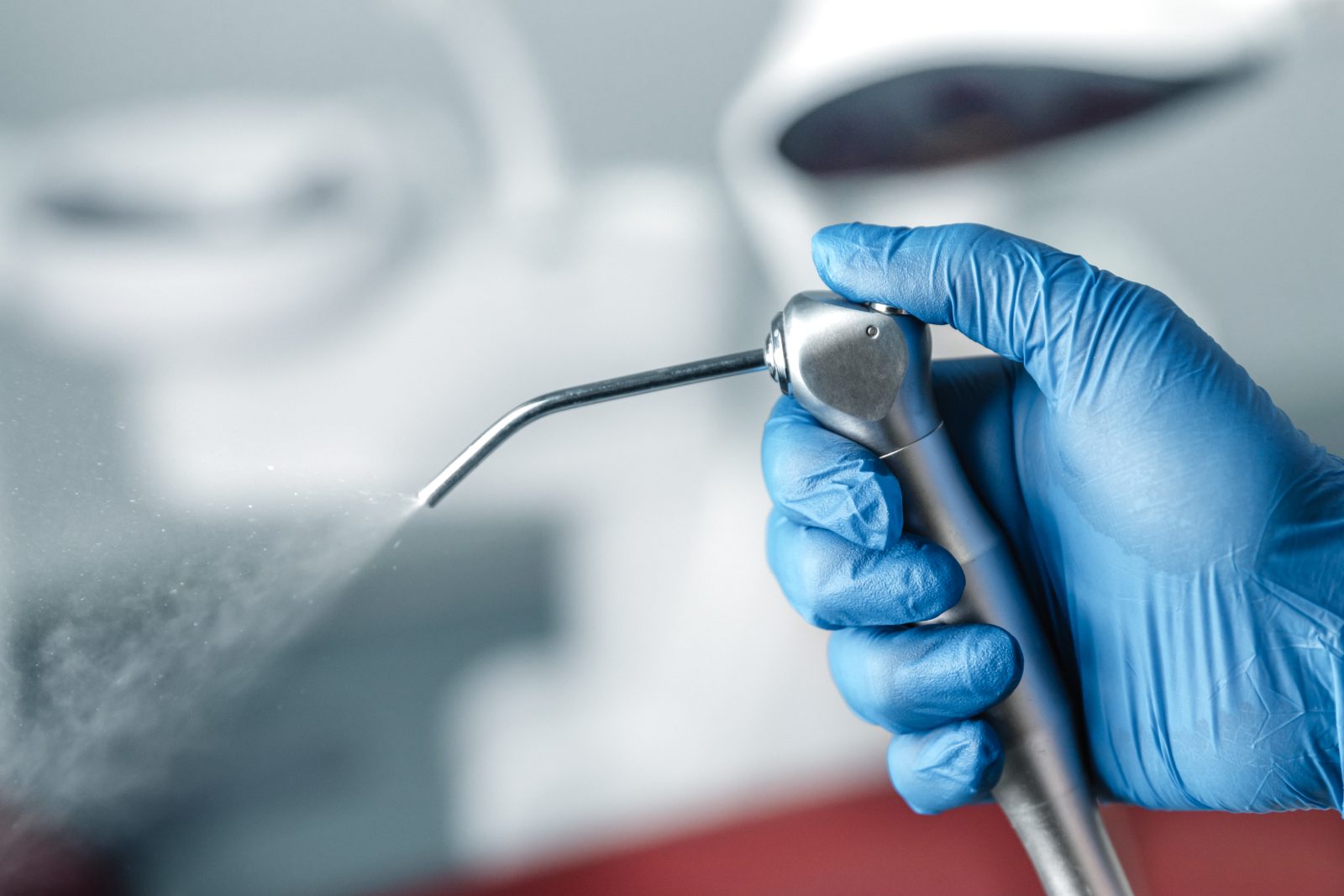 Webinar
Webinar
Challenge of Waterborne Infections in Healthcare Facilities
3 Credit Hours
Tuesday Jun 18th, 2024
at 6:00 PM ET
Infections caused by waterborne microorganisms are among the most harmful to global health. These include diseases caused by a variety of bacteria, protozoa, viruses, and other parasites. They can proliferate in many natural water sources, as well as man-made systems designed to provide potable water for public and healthcare use. An initial overview of the principles and epidemiology associated with waterborne infections will be presented, followed by discussion of representative, clinically important pathogens, and the challenges they present to medical and dental facilities. Emphasis will focus on microbial challenges presented by bacteria found in dental water sources which have been documented as causes of infections in dental patients, including Pseudomonas, Legionella, and nontuberculous Mycobacteria (NTM) species. Comprehensive infection prevention recommendations also will be included as preventive procedures and protocols for controlling colonization of dental treatment water. Overall, this seminar is aimed at providing clinical microbiology concepts and relevant information needed to protect patients and personnel against waterborne infection in clinical settings.
Speaker: John A. Molinari
 Webinar
Webinar
Human Trafficking: Understanding the Issues
3 Credit Hours
Wednesday Jun 19th, 2024
at 7:00 PM ET
This live webinar is designed to awaken the dental community to the possibility of human trafficking involving patients seeking care in a dental facility. Many clues may be evident and exhibited by a patient or even by the perpetrator who may be accompanying the victim. Unless the healthcare professional is aware of the signs, the opportunity to assist the victims may not be recognized. The protocol for reporting human trafficking will be presented with excellent handouts for the participant on dental findings and seeking help for a victim.
Speaker: Dr. Nancy W. Burkhart
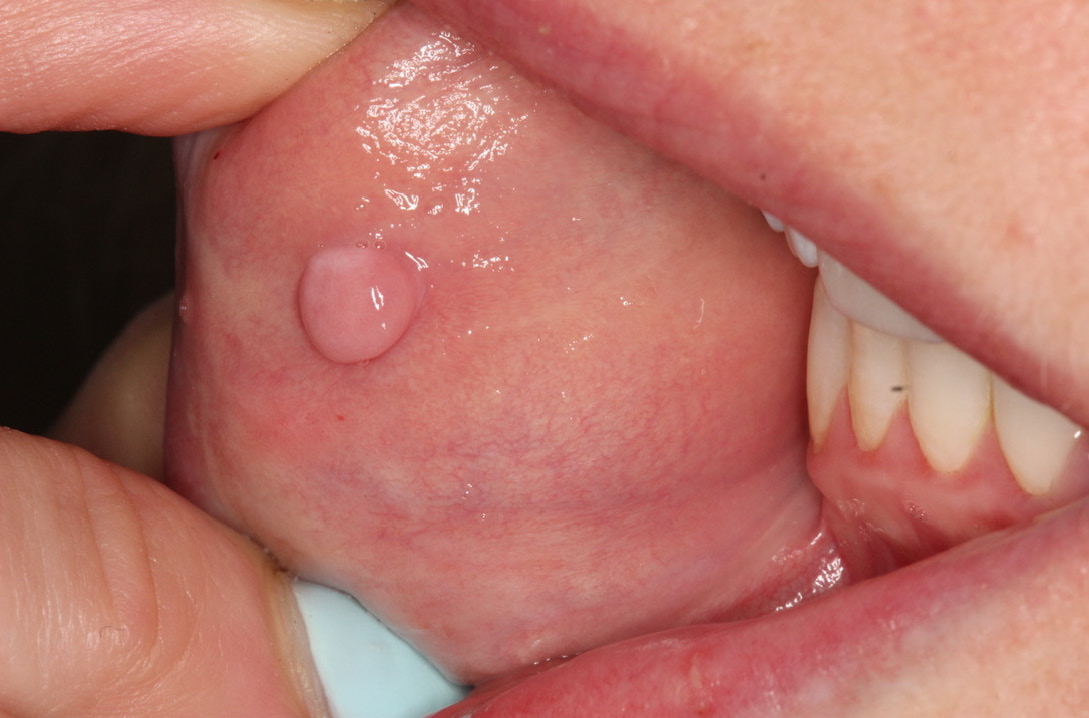 Webinar
Webinar
Tumors are Things that Grow Bump in the Night
3 Credit Hours
Friday Jun 21st, 2024
at 10:00 AM ET
This live and interactive webinar will cover oral bumps in their entire splendor from pyogenic granulomas to soft tissue malignancies. It will review material that you have forgotten since school. Be prepared for a memorable oral pathology experience.
Speaker: John A. Svirsky
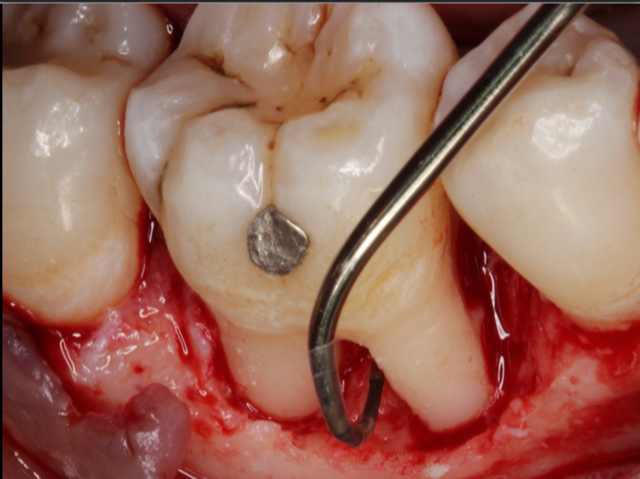 Webinar
Webinar
Clinical Periodontology for General Dentists and Dental Hygienists
7 Credit Hours
Saturday Jun 22nd, 2024
at 10:00 AM ET
The live webinar is designed to discuss the contemporary aspects of clinical periodontology for general dentists and dental hygienists. Starting from the patient’s medical history and how important is to understand when to move forward with the data collection and in which circumstances to give a medical consultation. Participants will understand the etiological factors, the proper diagnosis and rationale behind the new classification system involving the staging and grading of chronic periodontitis.
Speaker: Nikolaos K. Soldatos
 Webinar
Webinar
Beating Up on Your Patient’s Periodontal Disease – A Minimally Invasive Approach for Doctors and Hygienists
3 Credit Hours
Wednesday Jun 26th, 2024
at 6:00 PM ET
Doctors and Hygienists can learn together about an evidenced based approach to eliminating and controlling Periodontal Disease. This presentation will discuss a scientifically sound approach for effective control of all levels of periodontal disease using the non-surgical approach with scaling and root planning, or minimally invasive surgical intervention for more advanced disease. Both indications will be explained and published literature will be explained.
Speaker: James Kohner
 Webinar
Webinar
Techniques for Delivery of Maxillary and Mandibular Anesthesia
3 Credit Hours
Thursday Jun 27th, 2024
at 7:00 PM ET
This live webinar will provide a comprehensive review of techniques in delivering local anesthesia for dental procedures of the maxilla and mandible. A review of applicable anatomy and landmarks will set the stage for a review of techniques of delivery and choices of the type of anesthesia to achieve optimum patient comfort during and post procedure. Finally a review of risks and complications along with their management associated with delivery of local anesthesia will be reviewed.
Speaker: Bradford Towne
 Webinar
Webinar
Crown Lengthening – How it WILL Enhance Your Restorative Results
2 Credit Hours
Wednesday Jul 10th, 2024
at 7:00 PM ET
Frustrated by dealing with subgingival margins? Difficult to obtain adequate impressions on the first try?
This two-hour live webinar can provide clinicians with the confidence to better understand and solve these problems. Besides offering basic surgical solutions, participants will have a chance to develop a thought process to help validate the decision of choosing treatment over extraction. The concepts discussed will facilitate the goal of excellence and show a predictable way to avoid an automatic default to titanium with every challenging situation.
Speaker: James Kohner
 Webinar
Webinar
Comprehensive Overview of Oral Pathology
6 Credit Hours
Friday Jul 19th, 2024
at 10:00 AM ET
This course will provide attendees with a comprehensive review of oral pathology. Common entities will be discussed; a particular focus will be made on oral squamous cell carcinoma and prevention of this malignancy.
Speaker: Ashley N. Clark
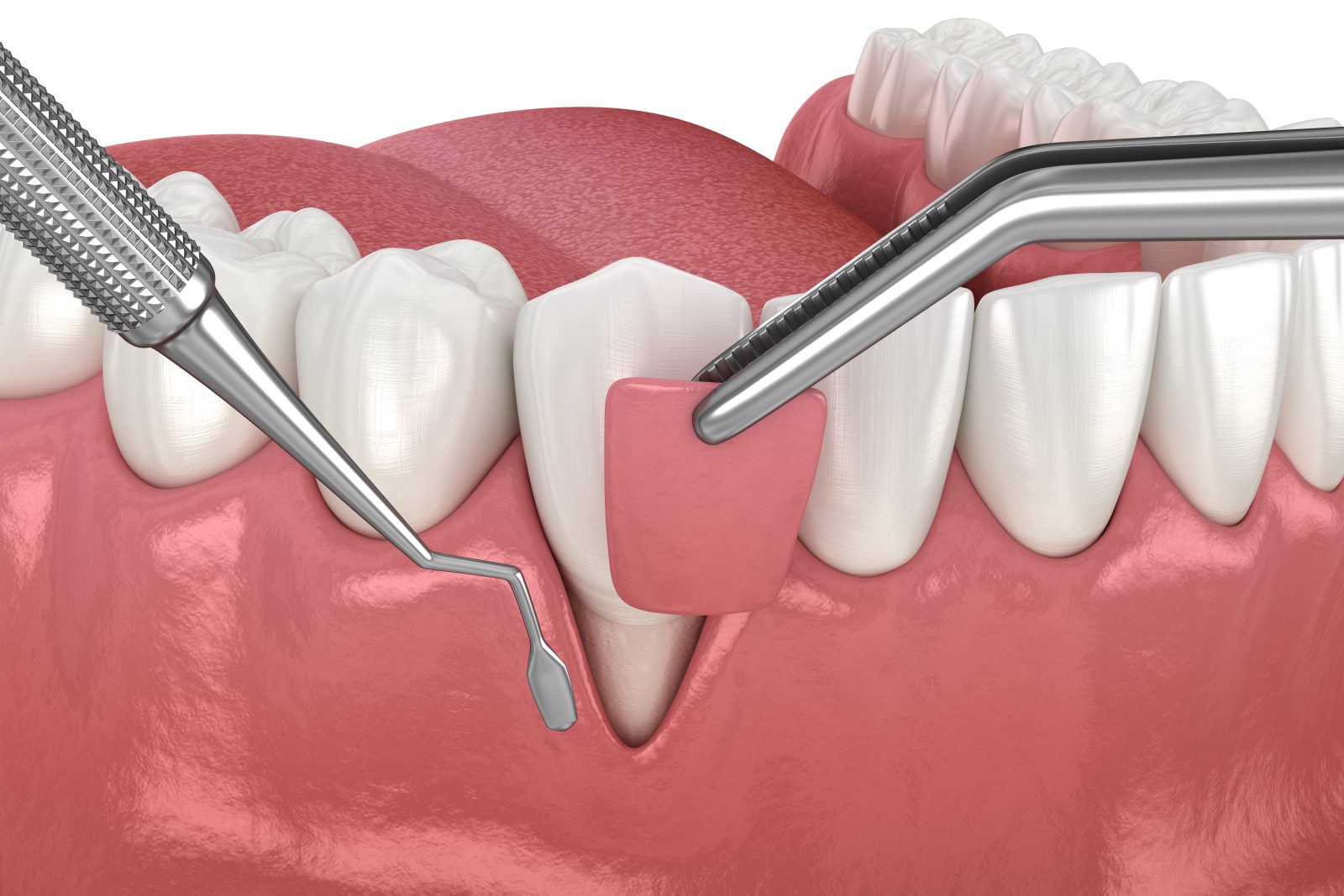 Webinar
Webinar
Enhancing Restorative Results: Soft Tissue Grafting
2 Credit Hours
Tuesday Jul 23rd, 2024
at 7:00 PM ET
Embarrassed by recession around a recently placed crown in the esthetic zone? Faced with exposed roots that are esthetically undesirable or sensitive?
Learn evidence-based solutions for the soft tissue challenges you face on a daily basis, such as how to cover those exposed roots and predictably stop recession. In this pre-recorded webinar, methods are illustrated to solve those problems and enhance restorative results for clinicians. Gain peace of mind knowing the gingiva stays in place by the margins of newly placed esthetic crowns. This presentation is for dentists and hygienists who want to better understand how soft tissue grafting can help with enhancing esthetic restorative results.
Speaker: James Kohner
 Webinar
Webinar
Complementary and Alternative Medicine and Therapies for the Treatment of Vesiculobullous Diseases
3 Credit Hours
Saturday Jul 27th, 2024
at 10:00 AM ET
This live webinar is designed to provide the participant with a general overview of “alternative and complementary” approaches to treatment for intraoral lesions throughout the years. The most common lesions discussed will be mucosal lesions such as OLP, MMP, PV and recurrent aphthae in addition to a few others. Given the cultural diversity within the United States of America, it’s important to recognize that many cultures are bringing their own customs and practices with them. As a dental practitioner/clinician, having the relevant insights into current research and acceptable uses of these products is paramount.
Speaker: Celeste M. Abraham
 Webinar
Webinar
The Well-Loved Mouth: Oral Manifestations of Sexually Transmitted Infections
3 Credit Hours
Tuesday Jul 30th, 2024
at 6:00 PM ET
This course is designed to inform the participant of how certain sexually transmitted infections manifest in the oral cavity. Prevention and management of sexually transmitted infections affecting the oral cavity will also be discussed.
Speaker: Ashley N. Clark
 Webinar
Webinar
Comprehensive Overview of Oral Pathology
6 Credit Hours
Friday Aug 2nd, 2024
at 10:00 AM ET
This course will provide attendees with a comprehensive review of oral pathology. Common entities will be discussed; a particular focus will be made on oral squamous cell carcinoma and prevention of this malignancy.
Speaker: Ashley N. Clark
 Webinar
Webinar
Appropriate Prescribing Practices for Opioid Analgesics in the Dental Office
3 Credit Hours
Sunday Aug 4th, 2024
at 10:00 AM ET
Management of acute dental pain is accomplished with the use of non-opioid and opioid analgesics. However, this normally occurs outside the dental office, away from the immediate supervision of the clinician, who is often faced with the difficult task of managing patient pain while also avoiding adverse outcomes for both the patient and their communities. This program will provide participants with an overview of the pharmacology of pain control and the effective management of acute dental pain using non-opioid and opioid analgesics. Special emphasis will be given to appropriate prescribing practices for opioid analgesics.
Speaker: Thomas A. Viola
 Webinar
Webinar
Beating Up on Your Patient’s Periodontal Disease – A Minimally Invasive Approach for Doctors and Hygienists
3 Credit Hours
Wednesday Aug 7th, 2024
at 7:00 PM ET
Doctors and Hygienists can learn together about an evidenced based approach to eliminating and controlling Periodontal Disease. This presentation will discuss a scientifically sound approach for effective control of all levels of periodontal disease using the non-surgical approach with scaling and root planning, or minimally invasive surgical intervention for more advanced disease. Both indications will be explained and published literature will be explained.
Speaker: James Kohner
 Webinar
Webinar
Nitrous Oxide Sedation 101 (An Introduction to Passing Gas)
4 Credit Hours
Friday Aug 9th, 2024
at 10:00 AM ET
This live webinar presentation is designed to expose the participants to the use of Nitrous Oxide/Oxygen sedation in their practices. Topics discussed will include indications and contraindications of nitrous oxide sedation, patient evaluation, delivery systems, monitoring equipment, and the technique for delivery. The course content will be beneficial to both hygienists and dentists.
Speaker: Steven Bookless
 Webinar
Webinar
Dentoalveolar Surgery and the Management of Complications
6 Credit Hours
Saturday Sep 28th, 2024
at 10:00 AM ET
Dentoalveolar surgical procedures and management of potential complications useful for the general dentist will be presented in this 6 hour webinar. Understanding and mastering a variety of dentoalveolar surgical procedures can enhance your patient’s in office experience by reducing referrals to a specialist. As each surgical procedure is presented, management of potential intraoperative complications will also be discussed.
Speaker: Bradford Towne